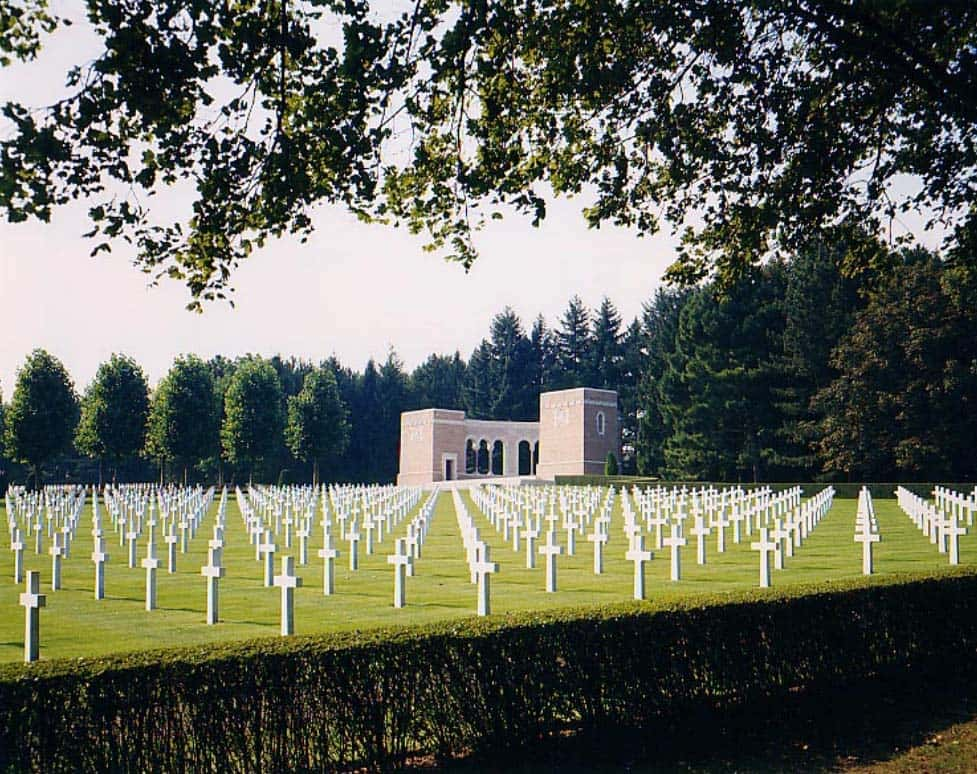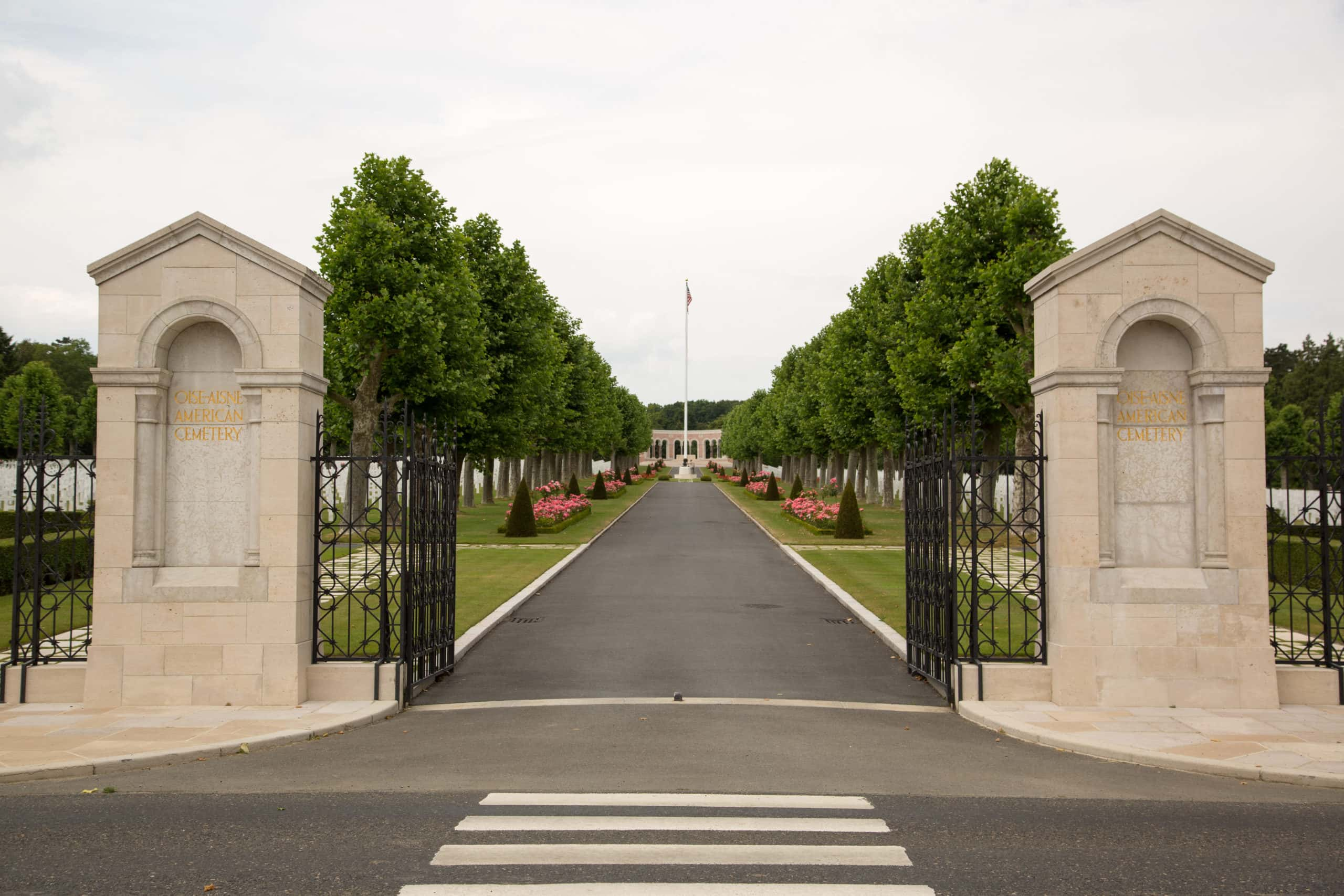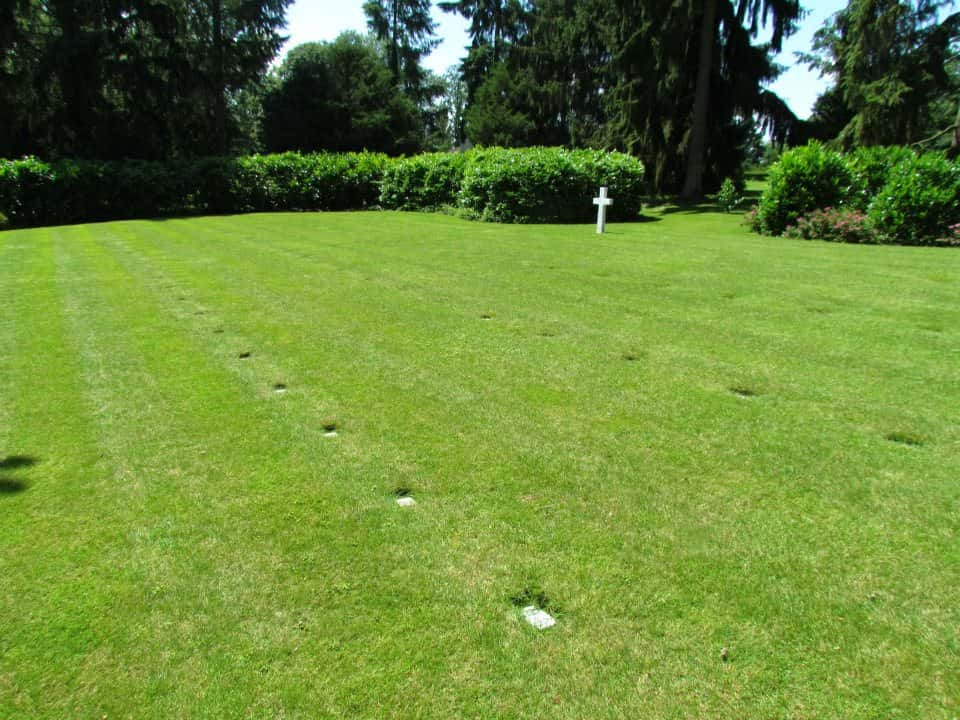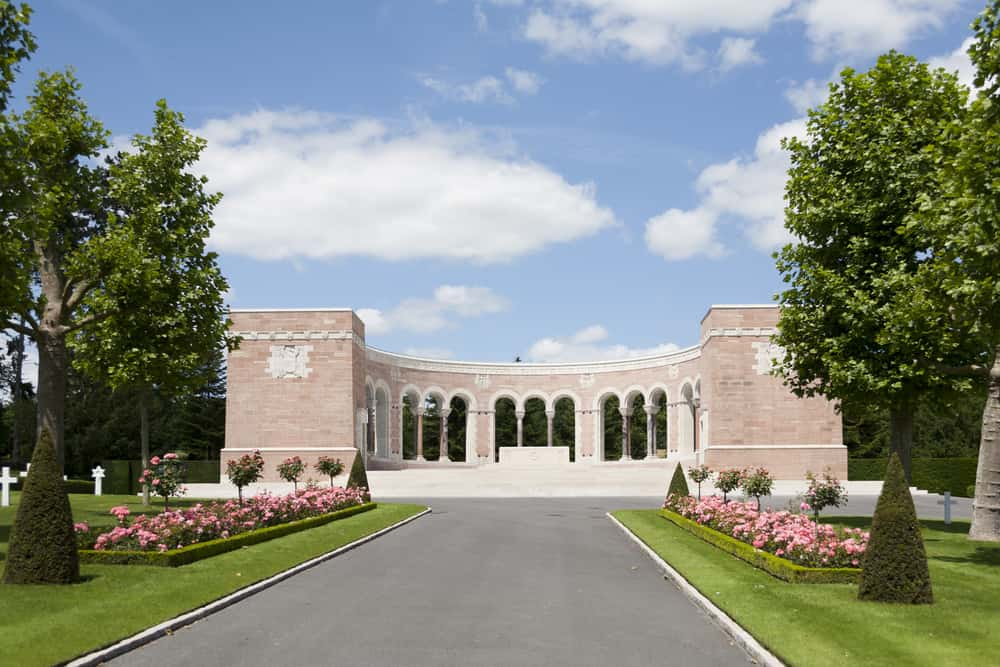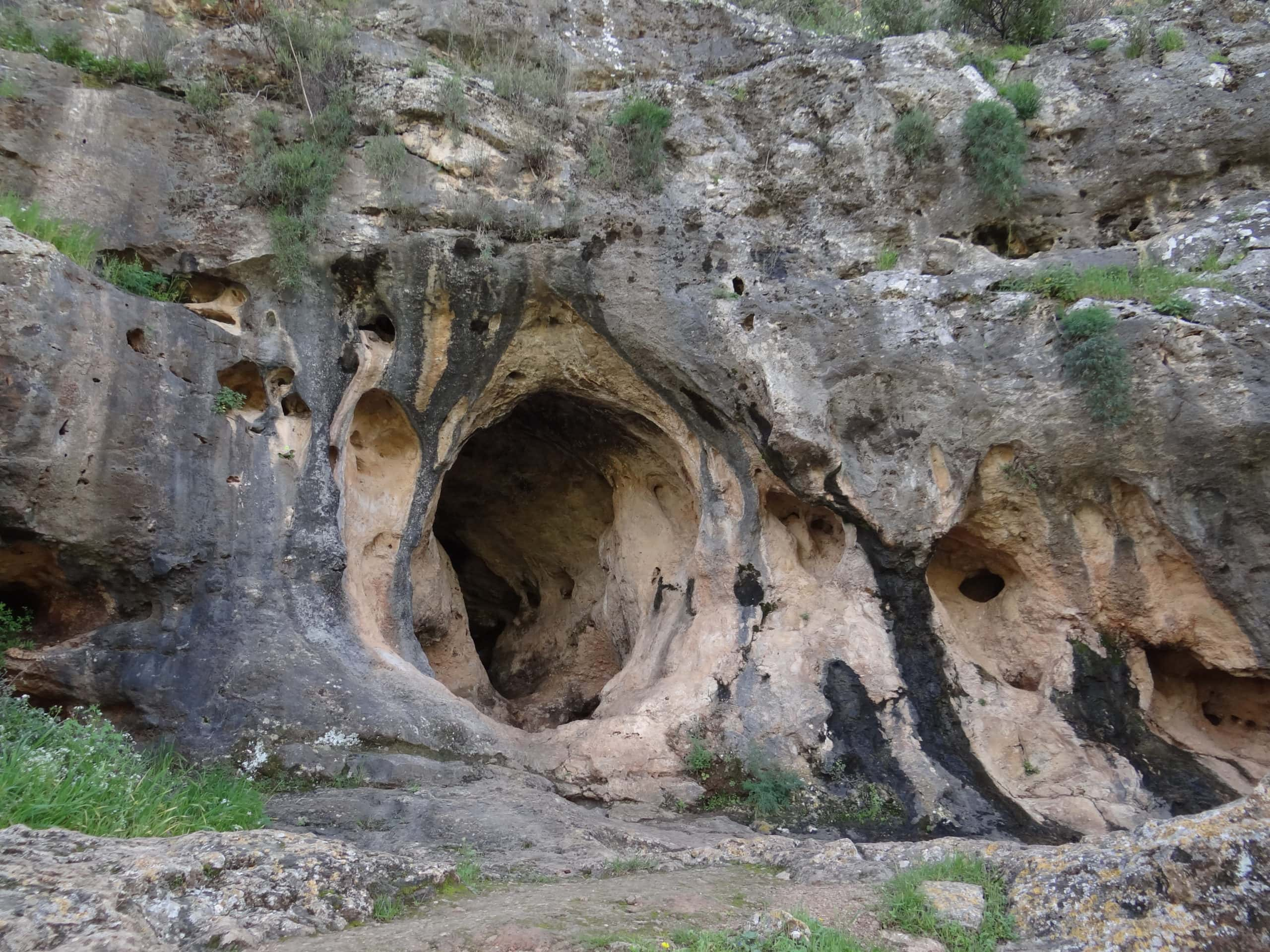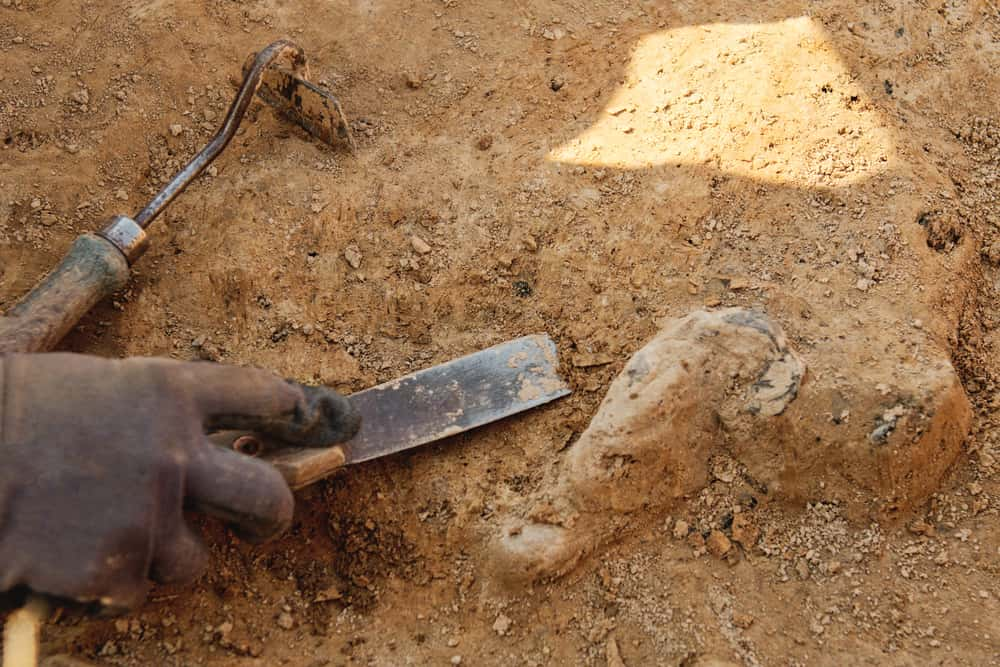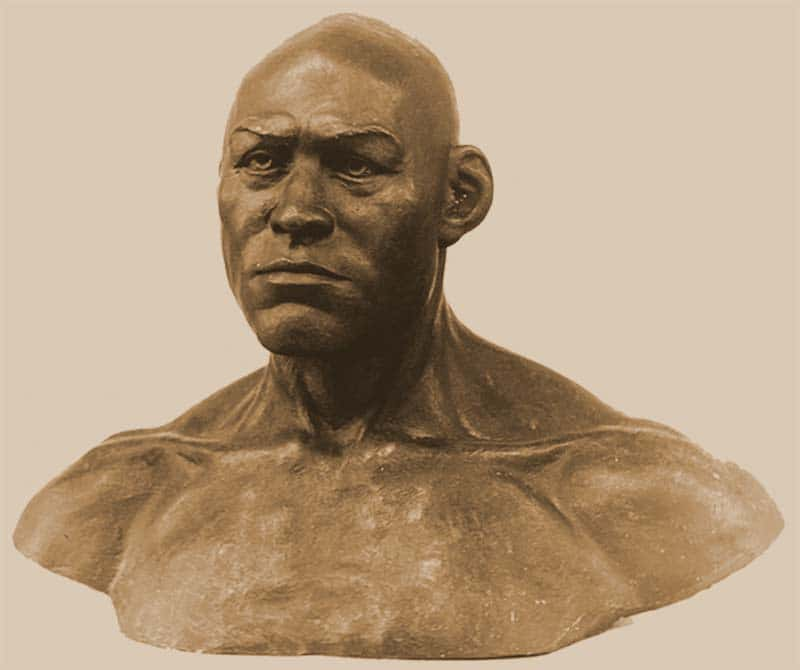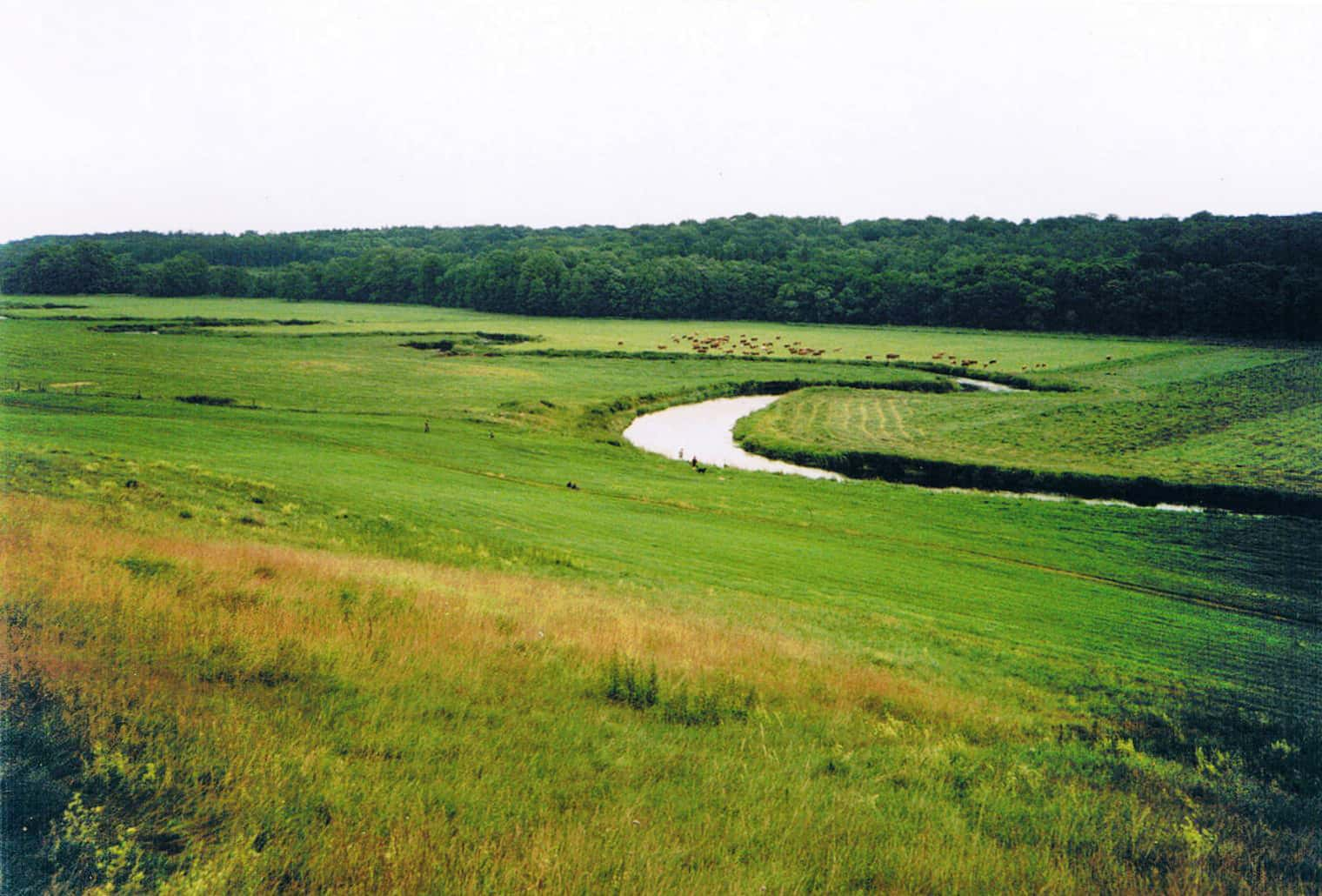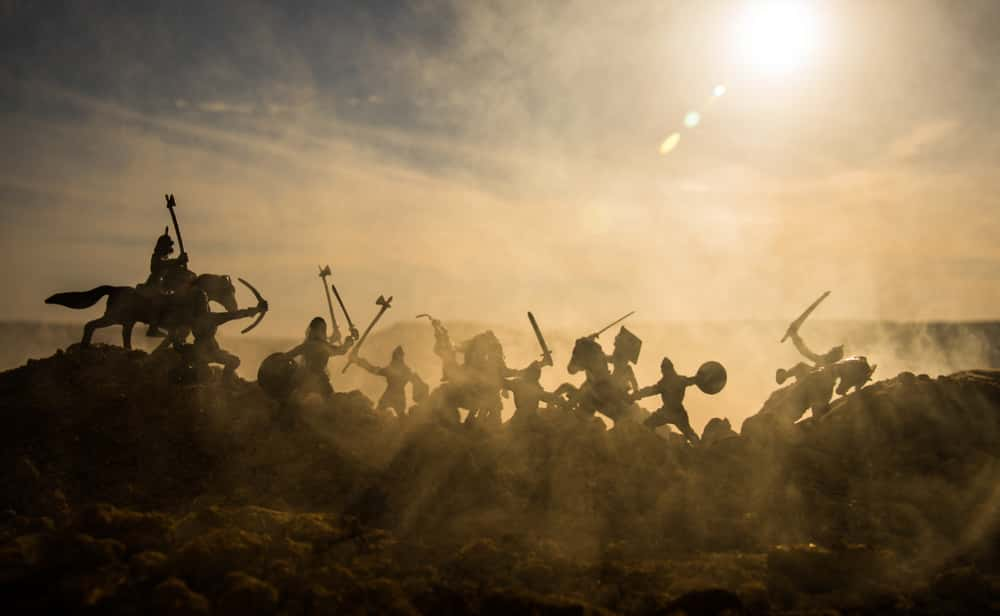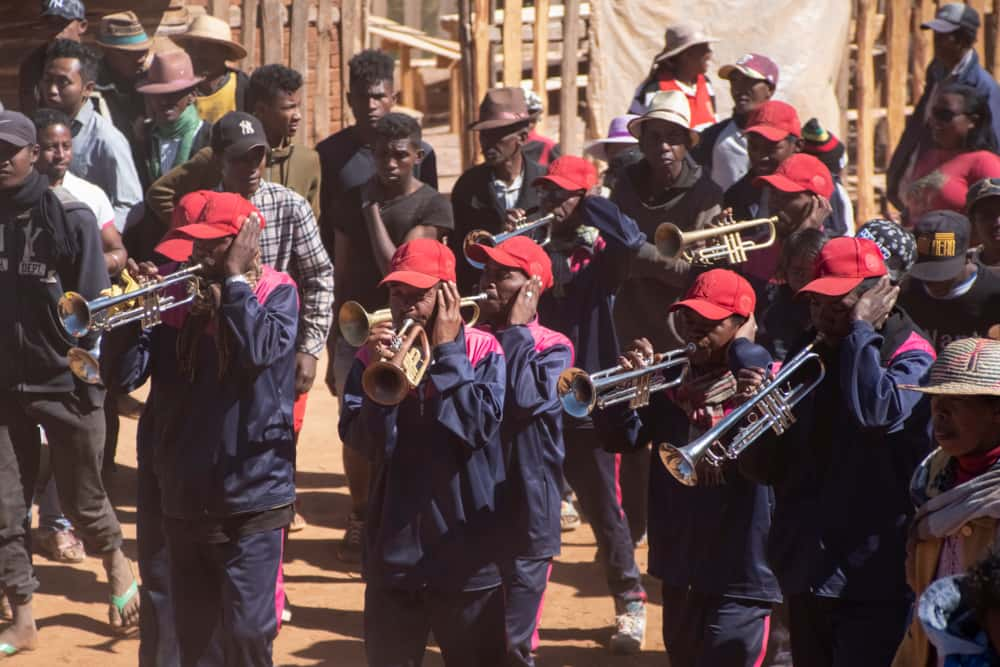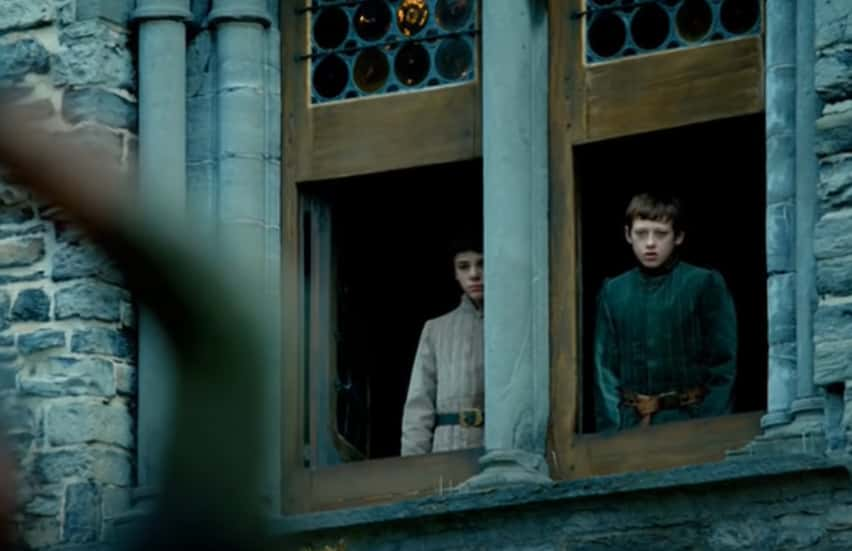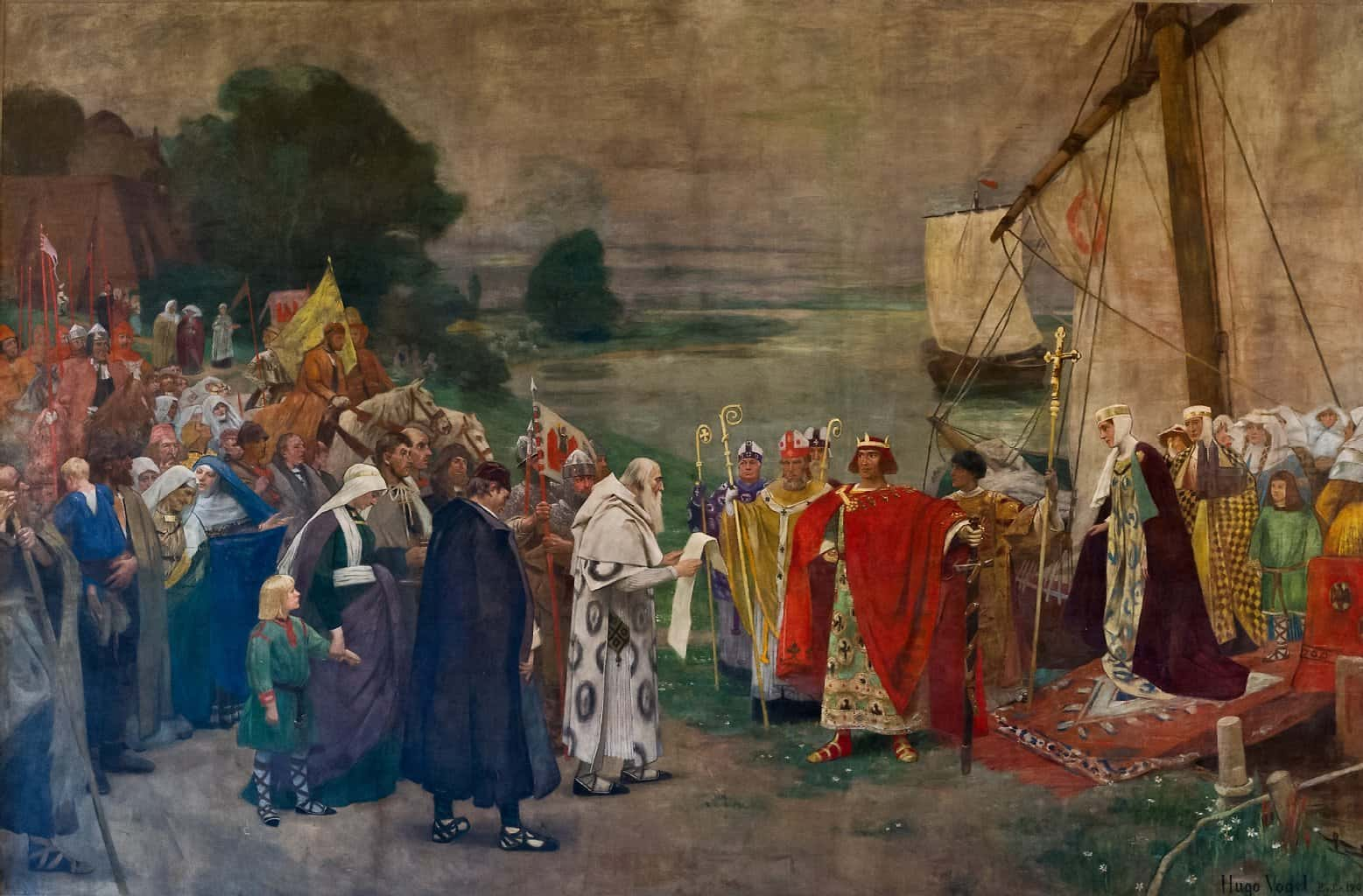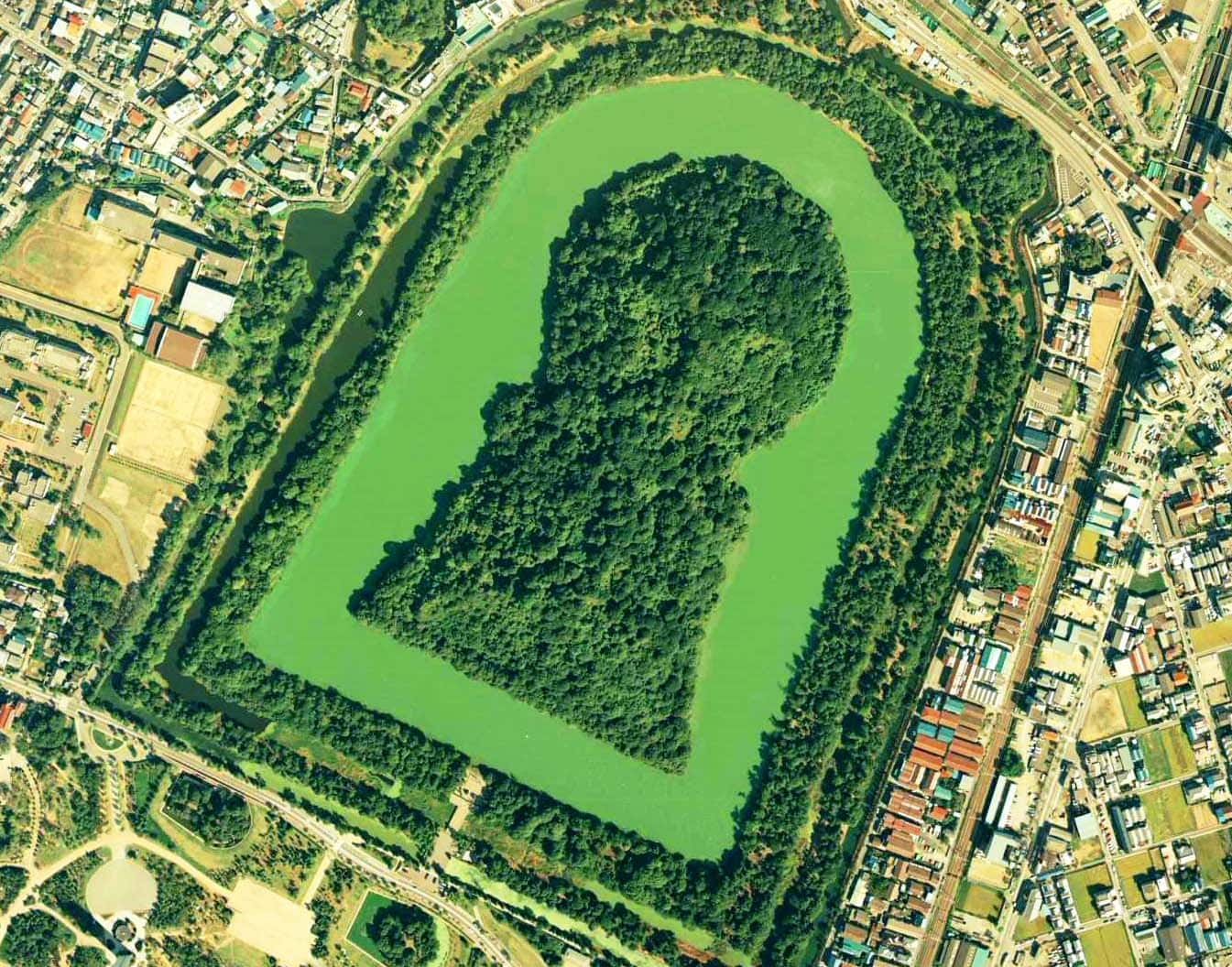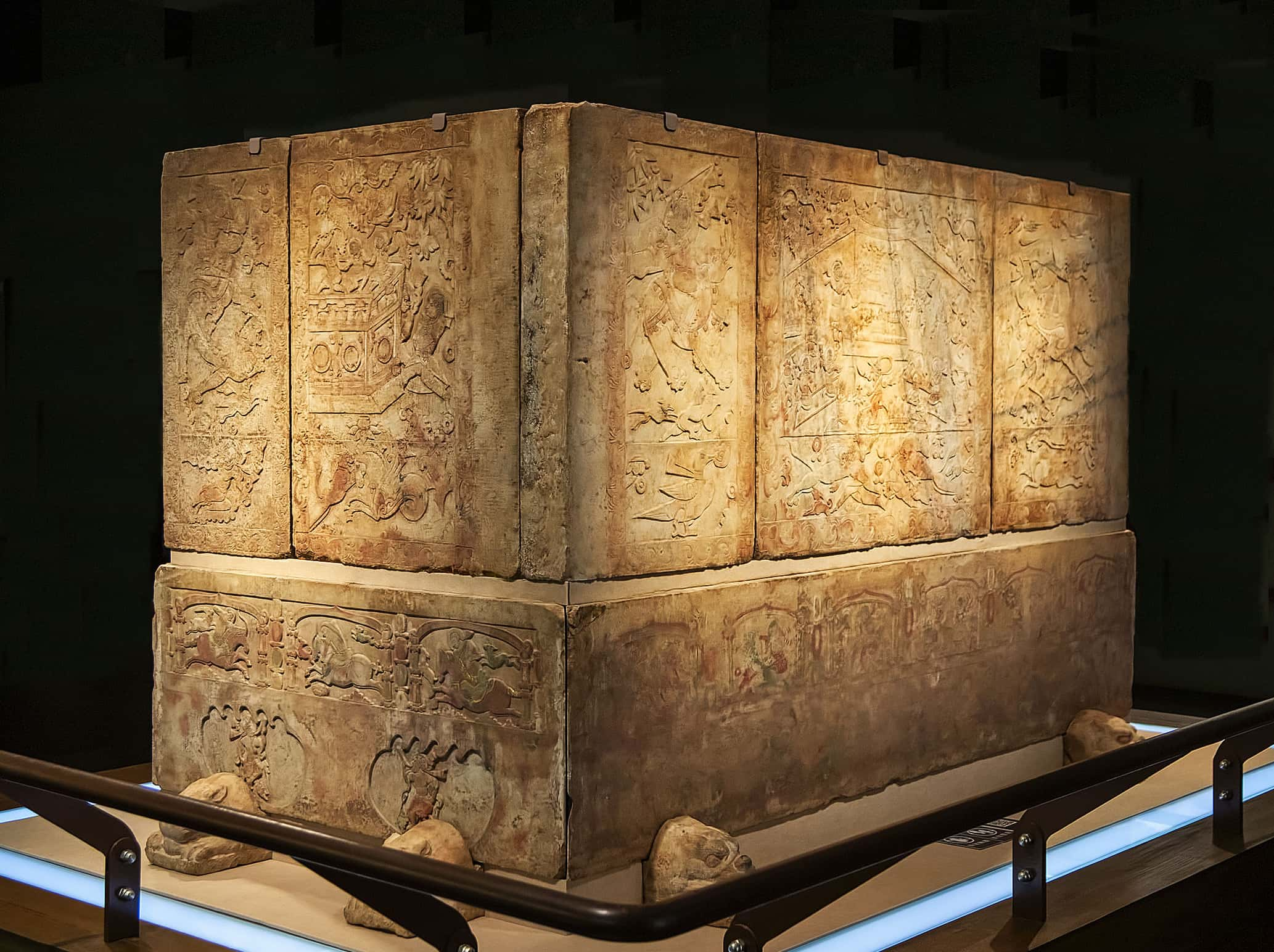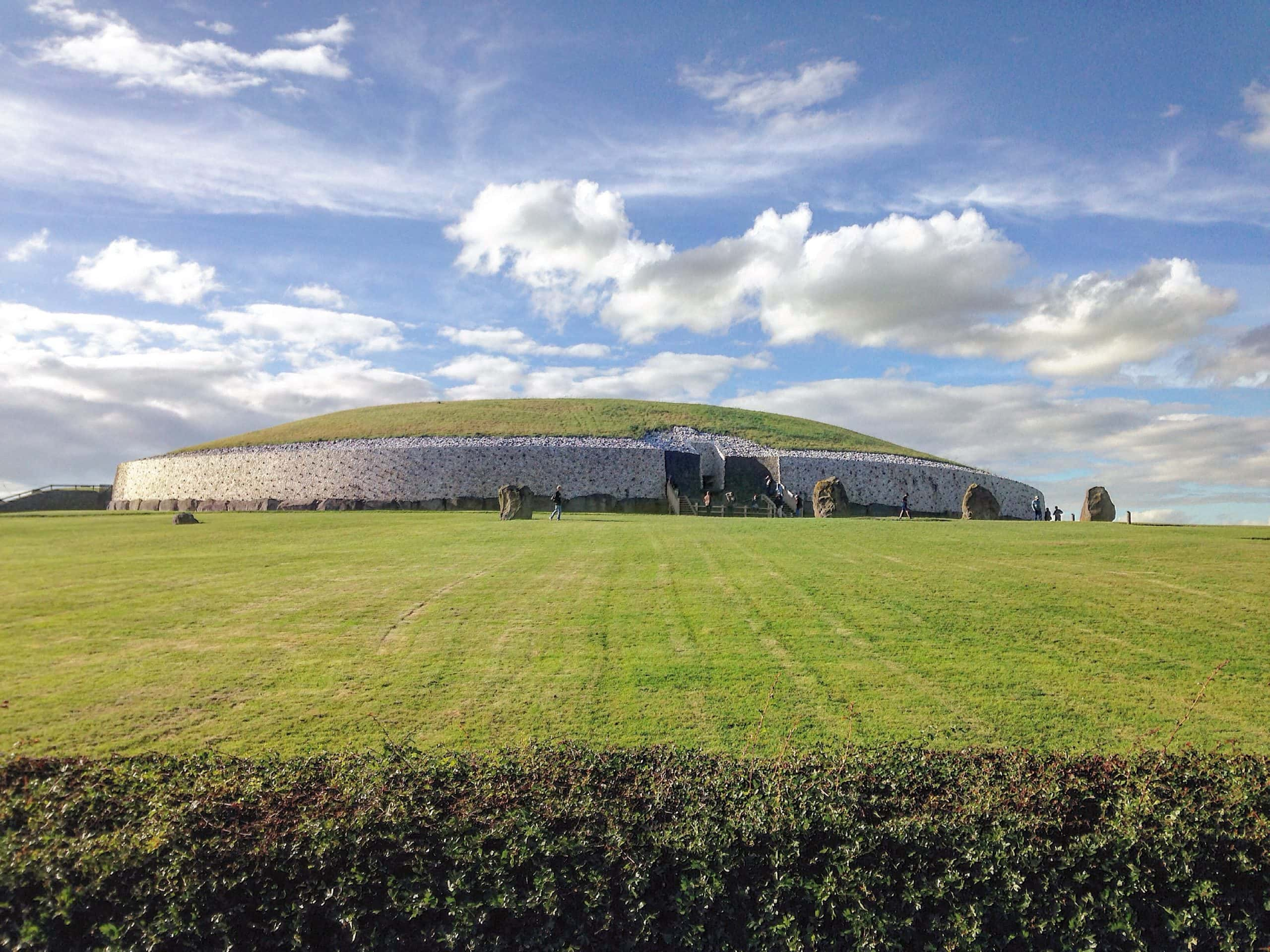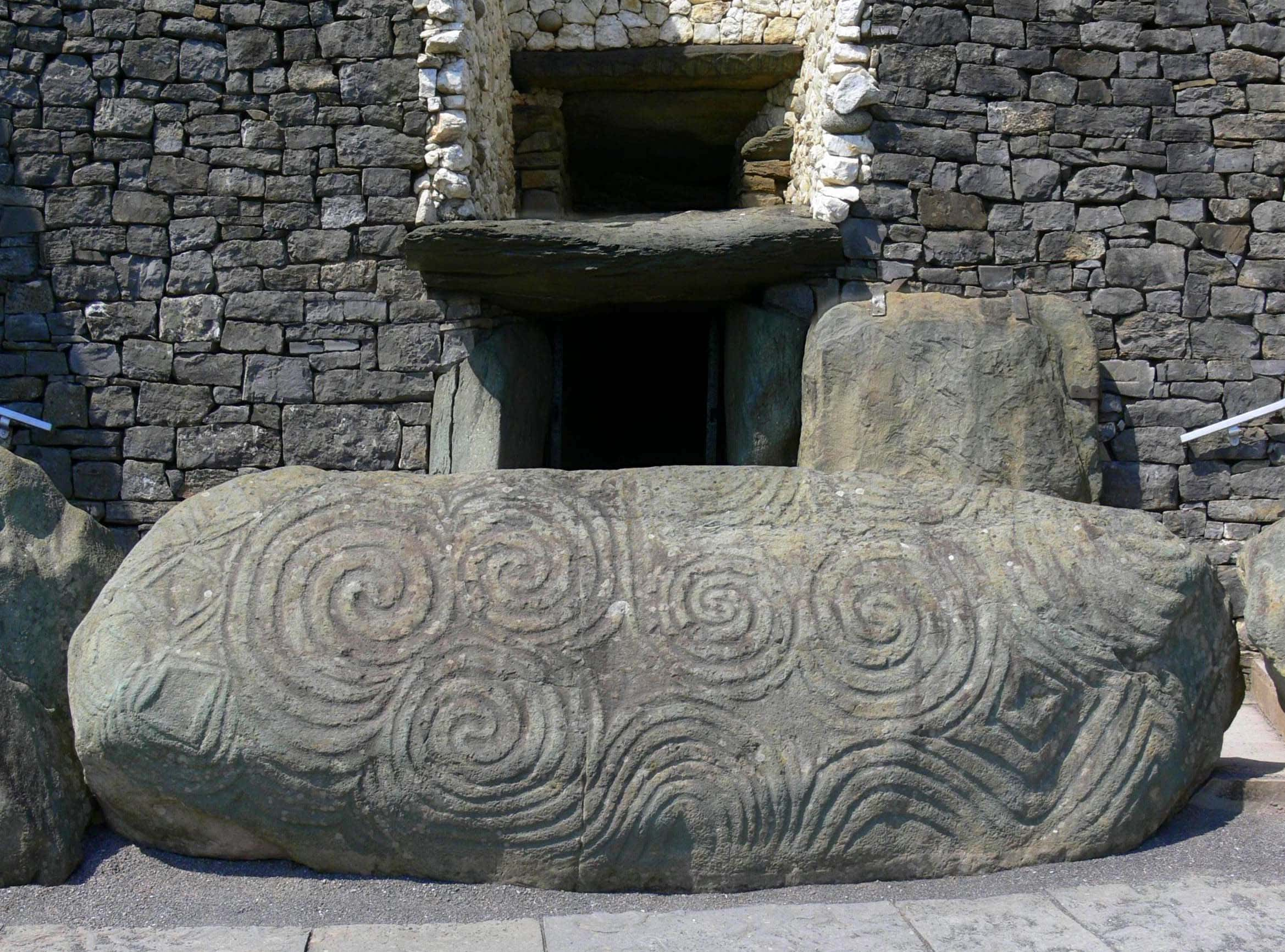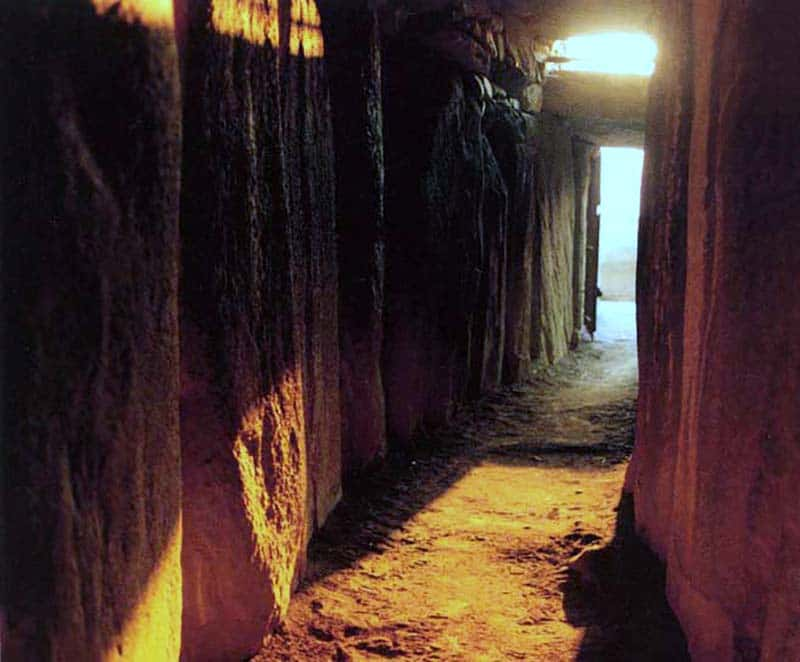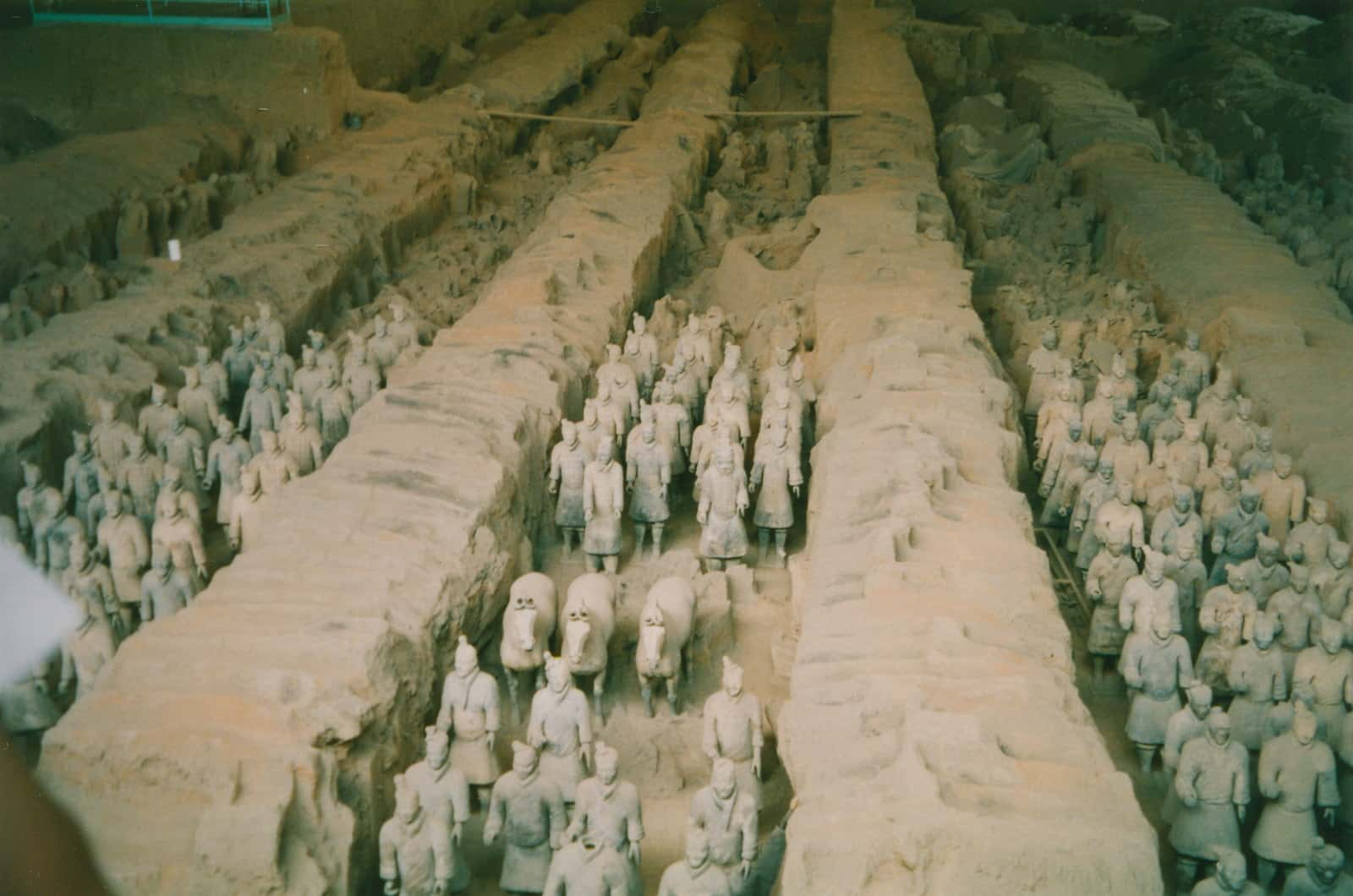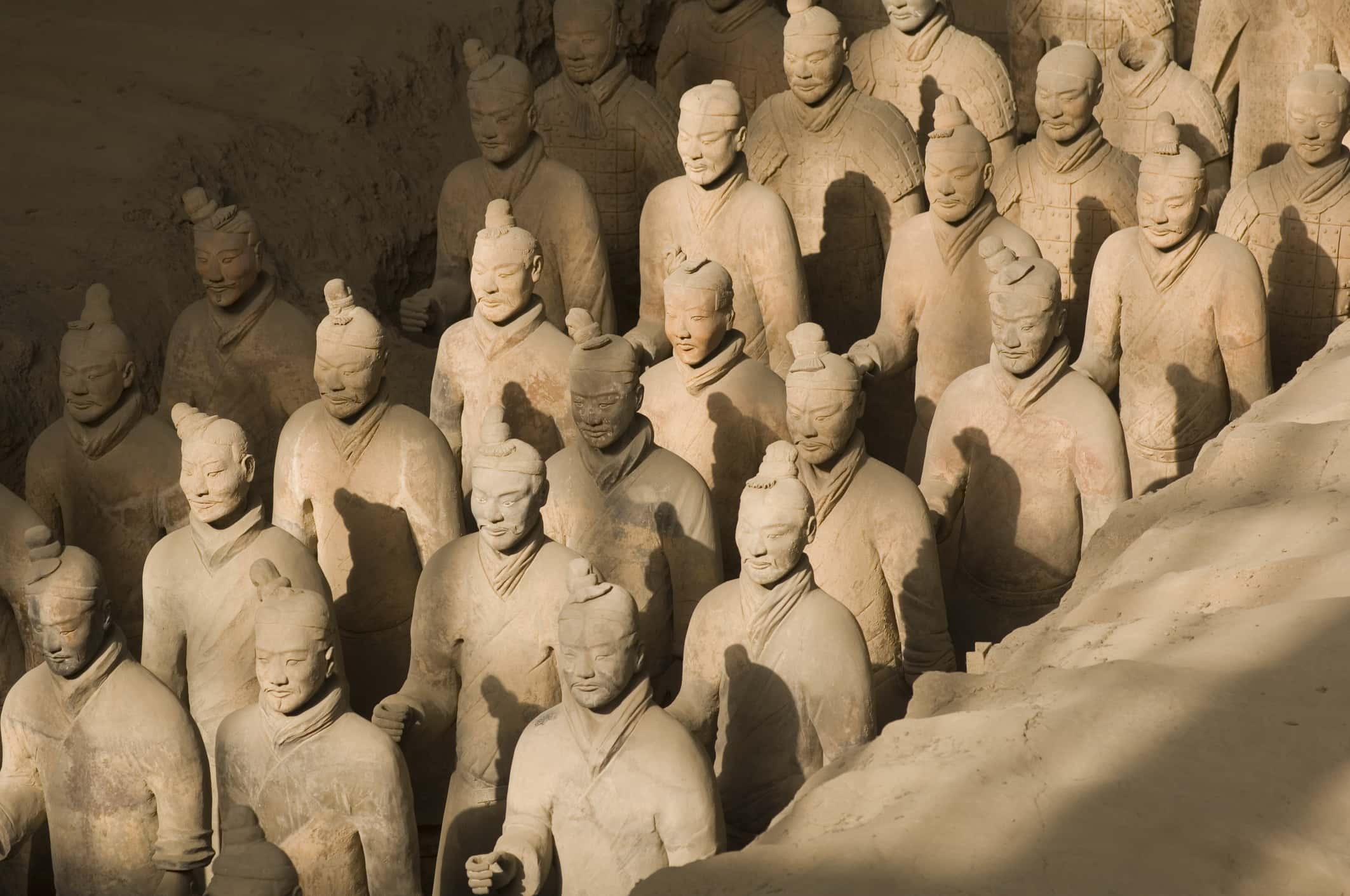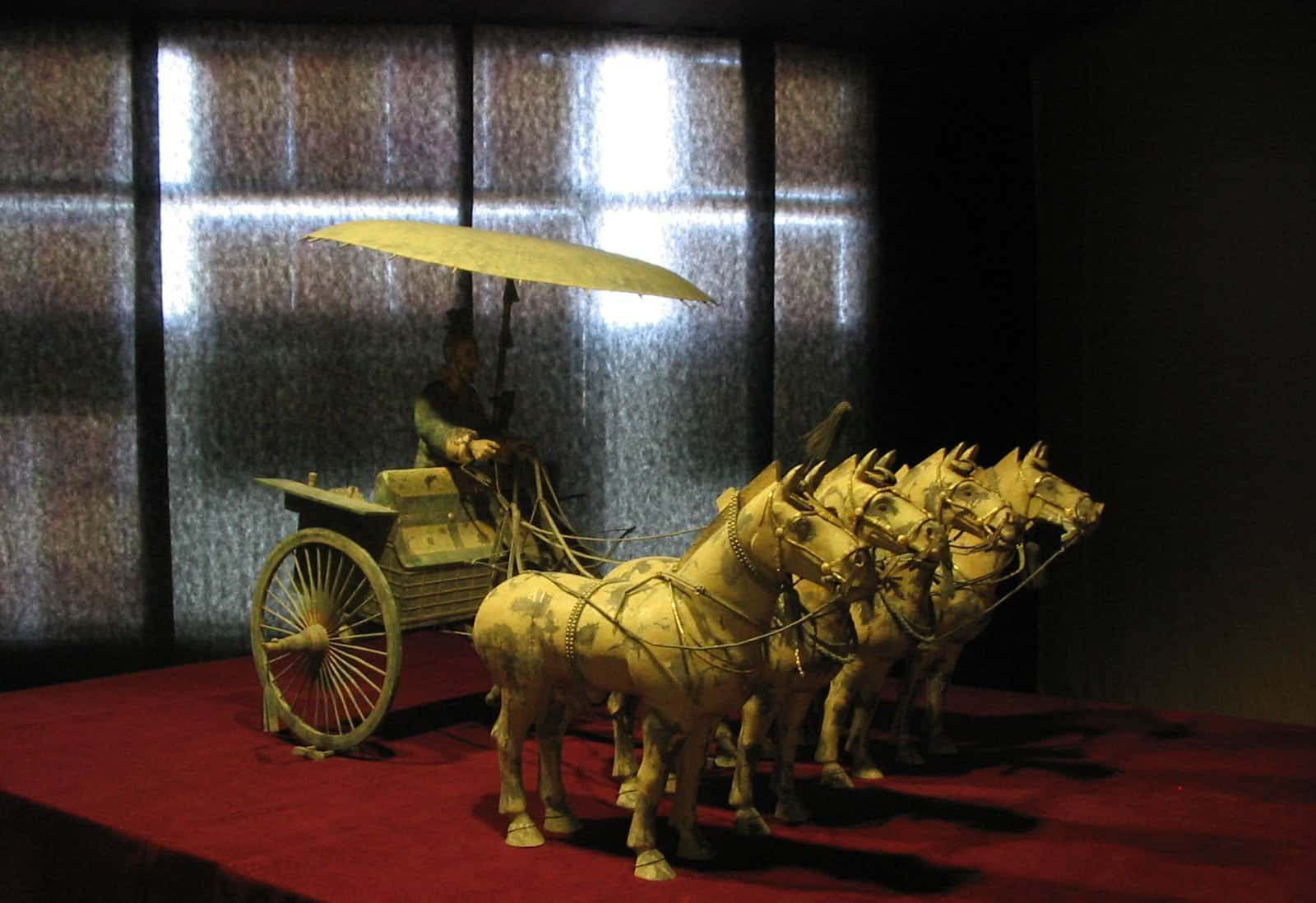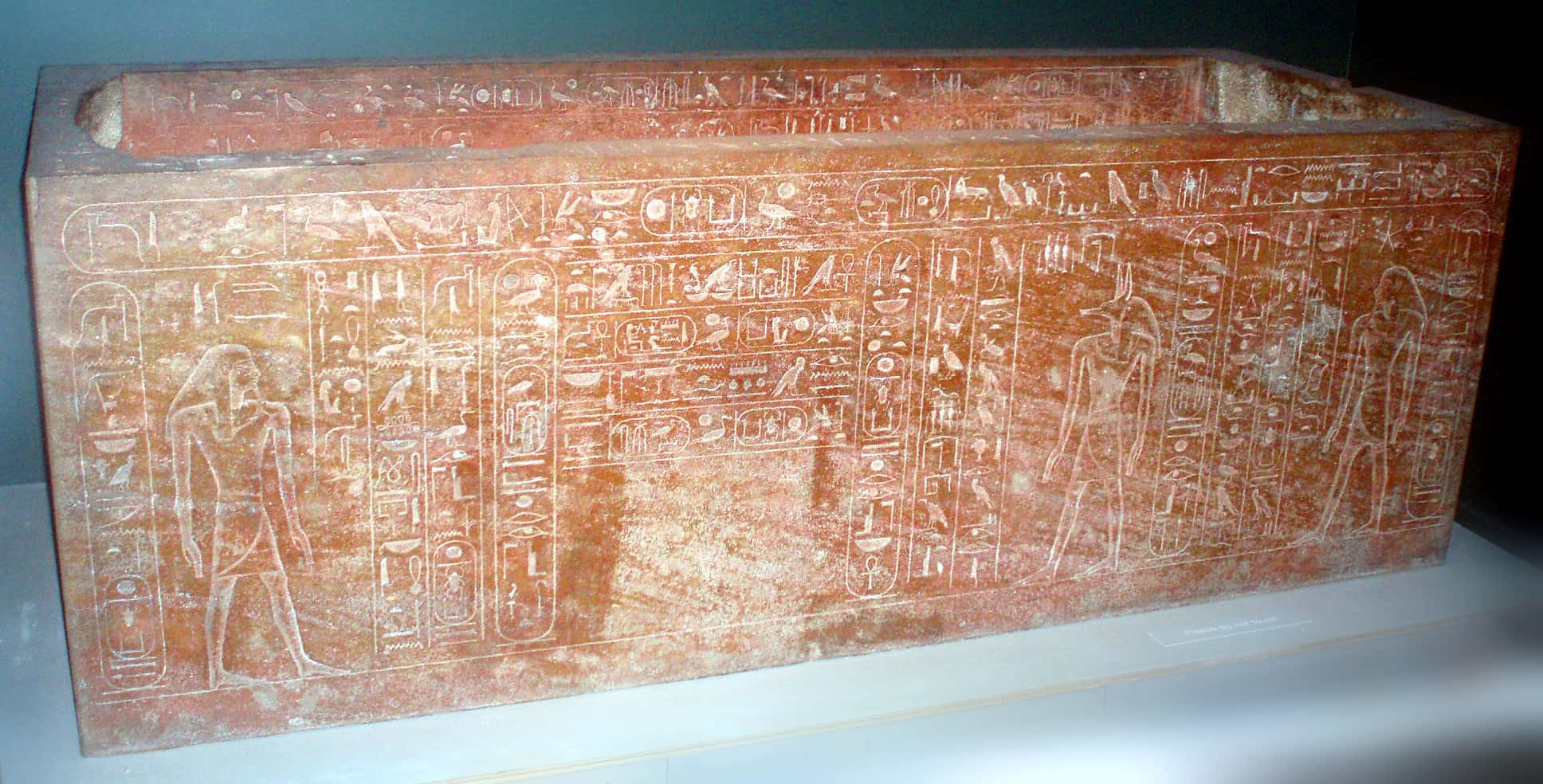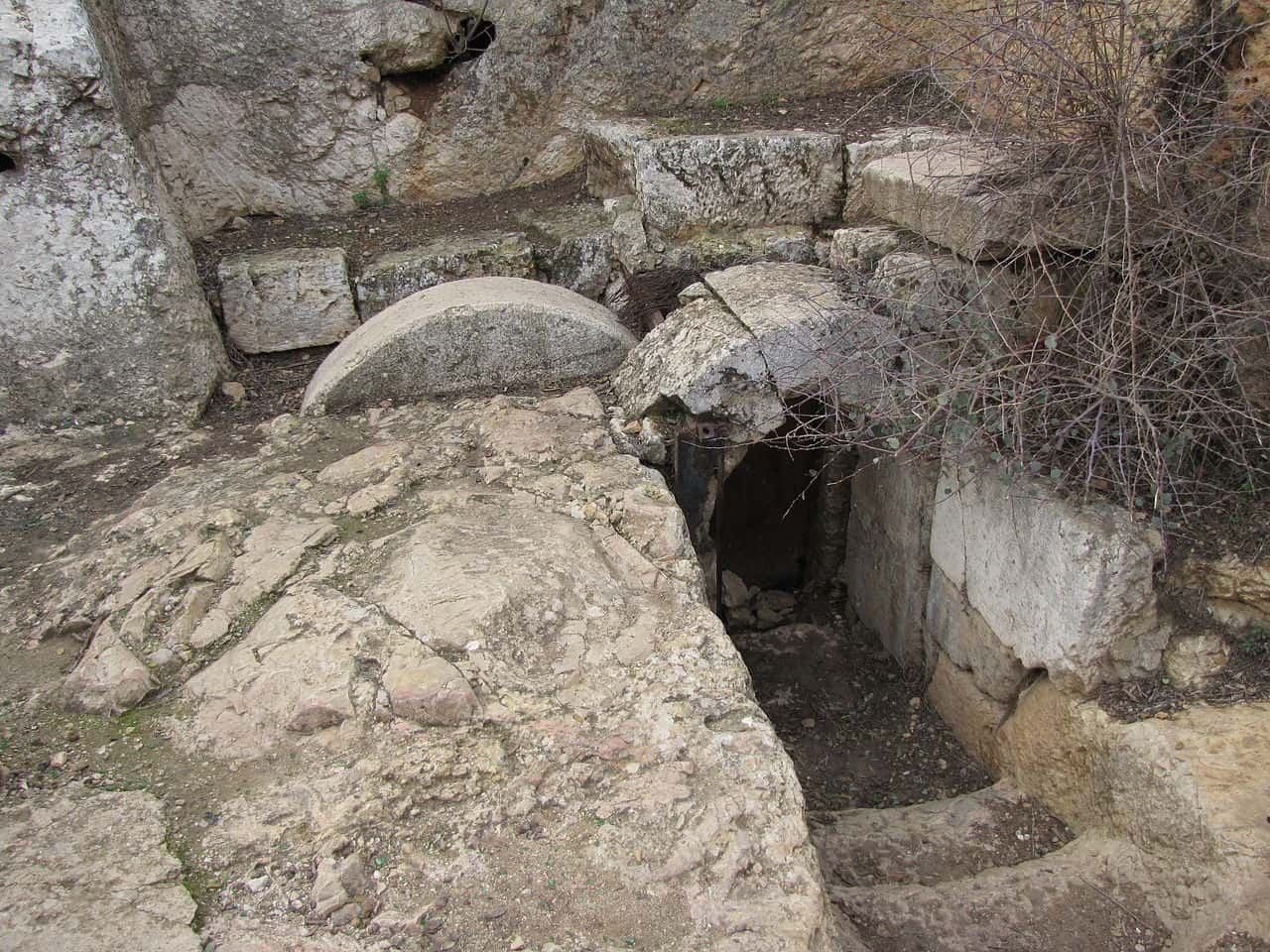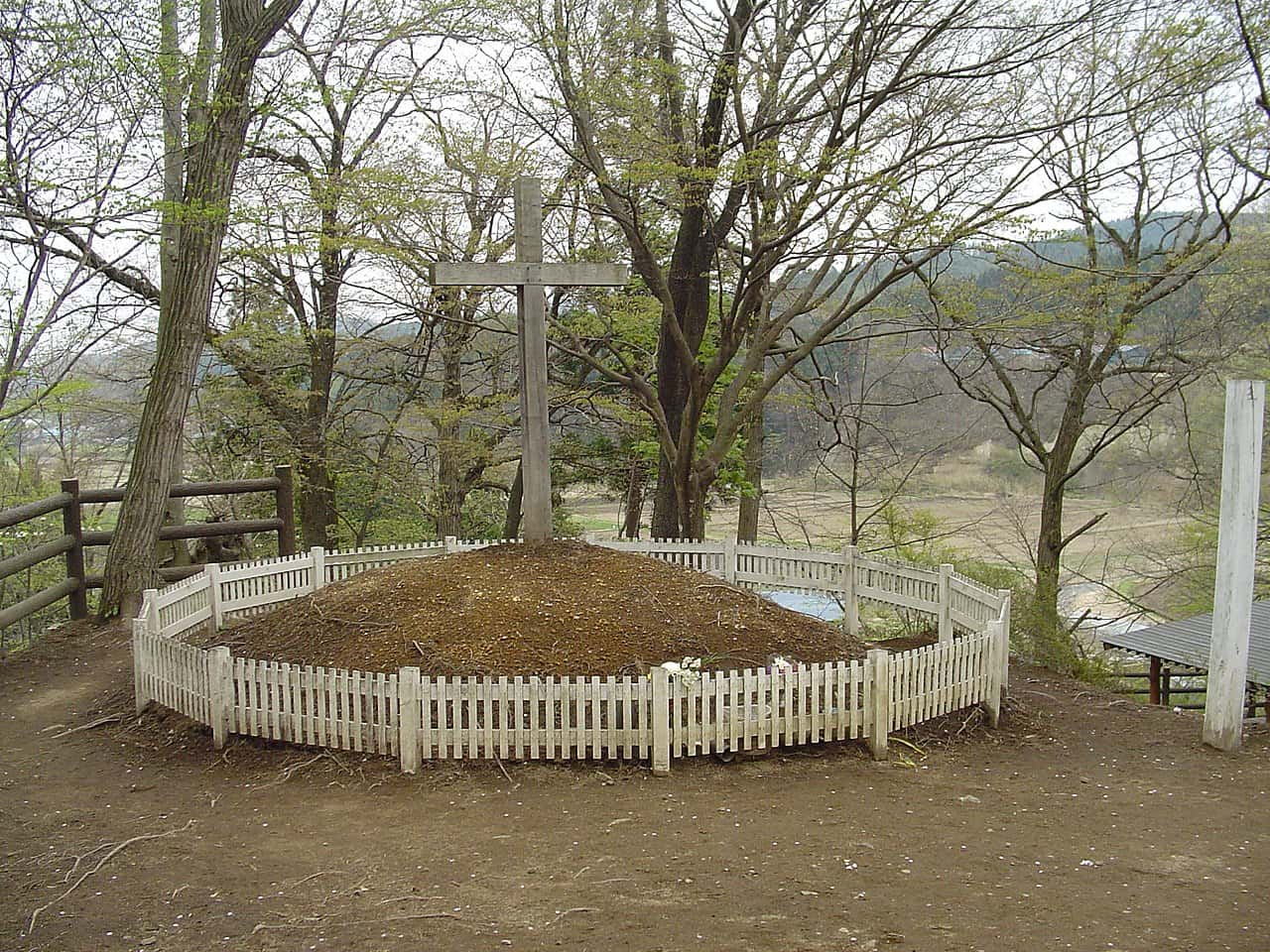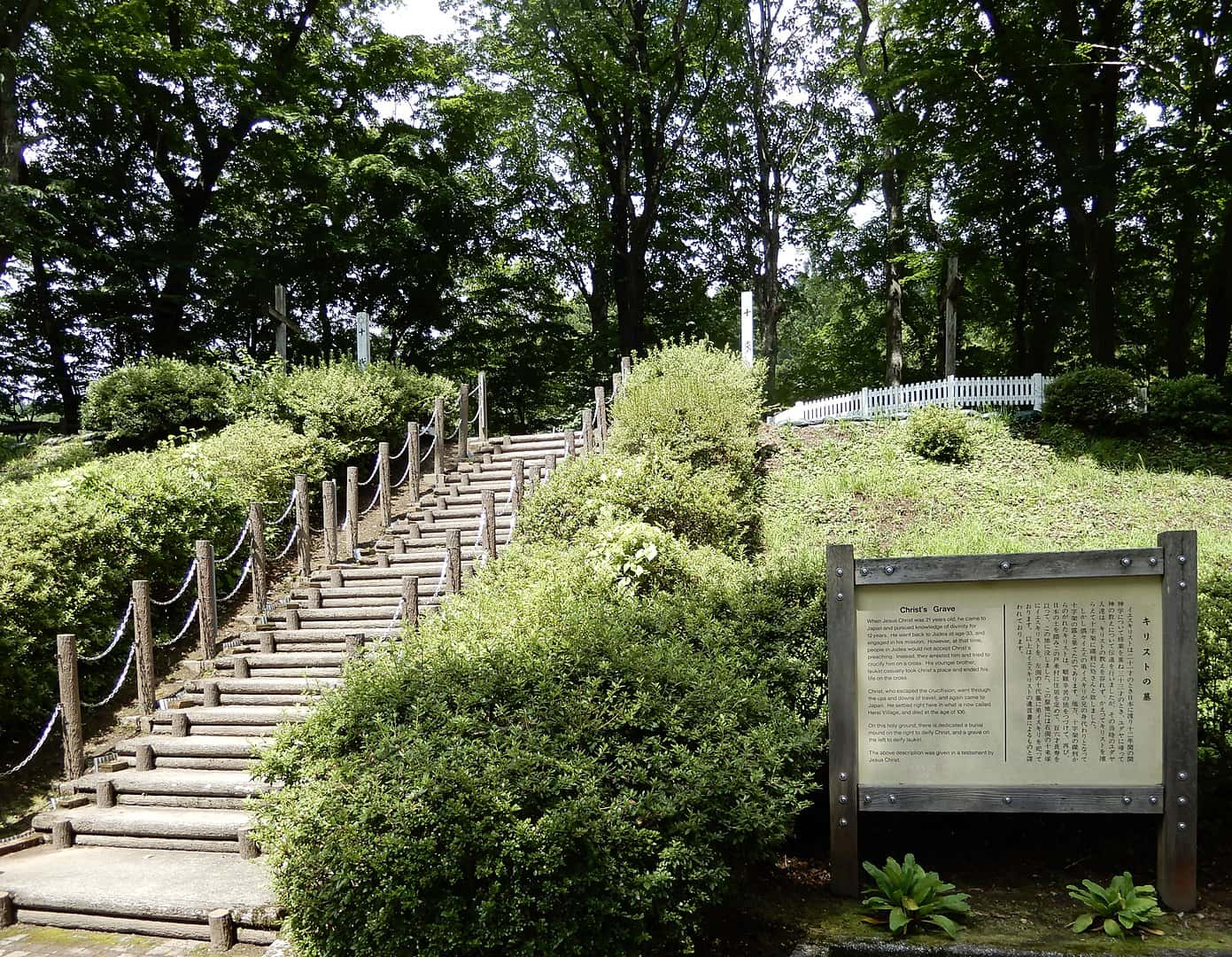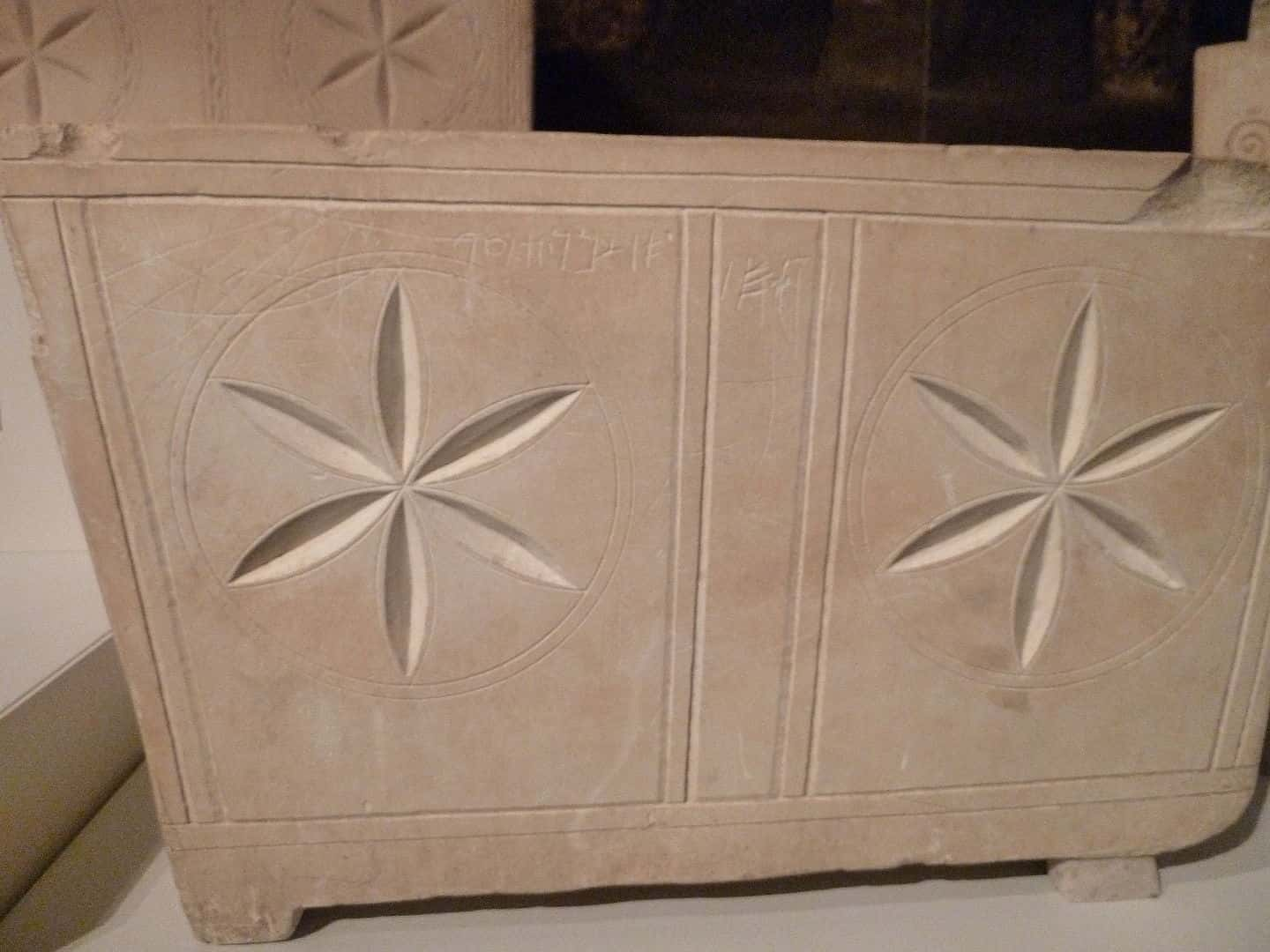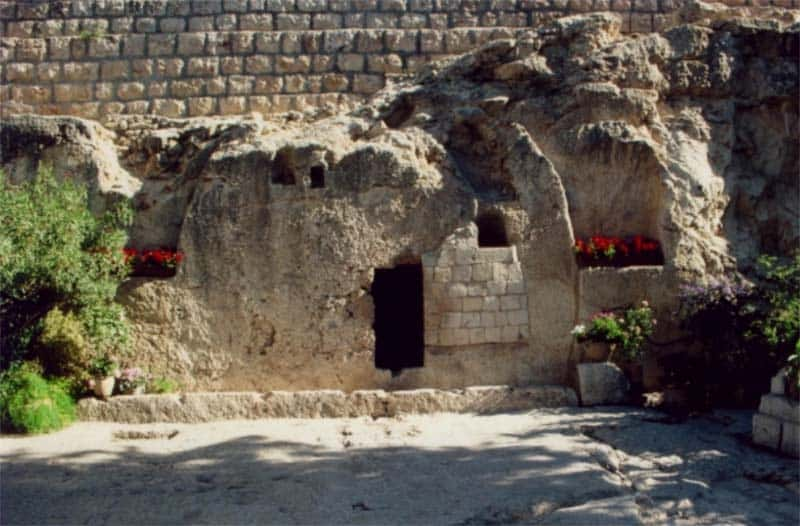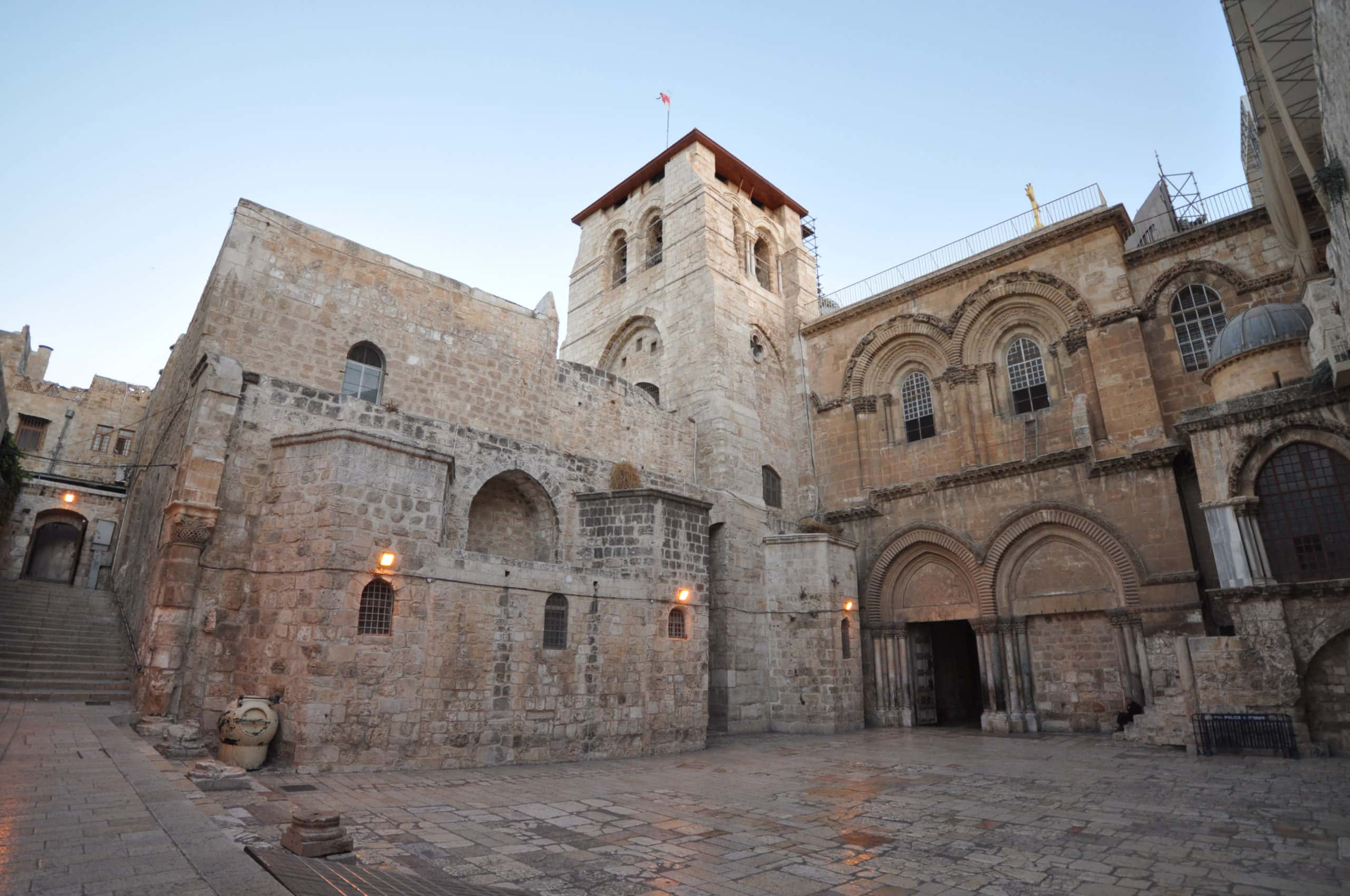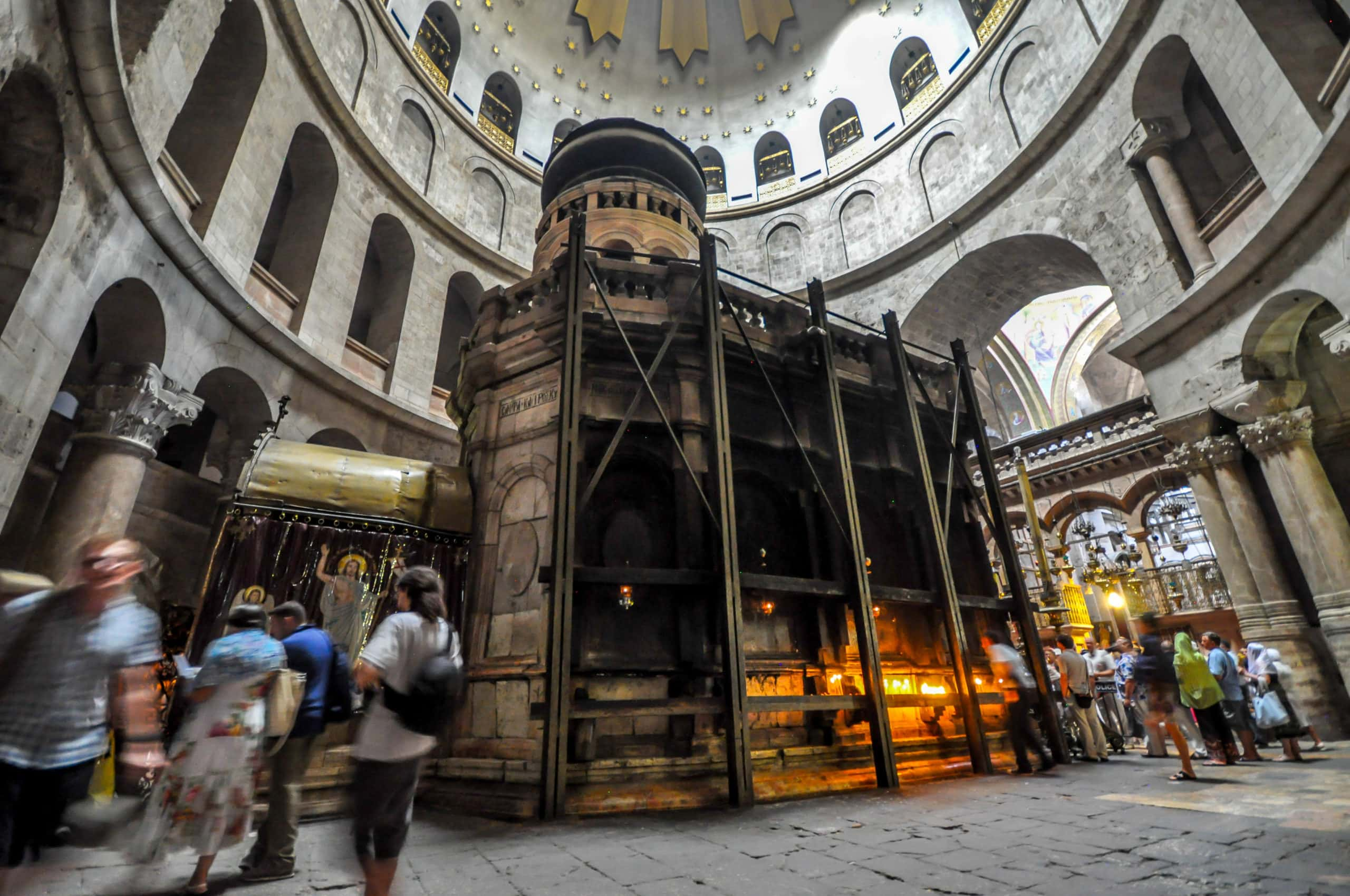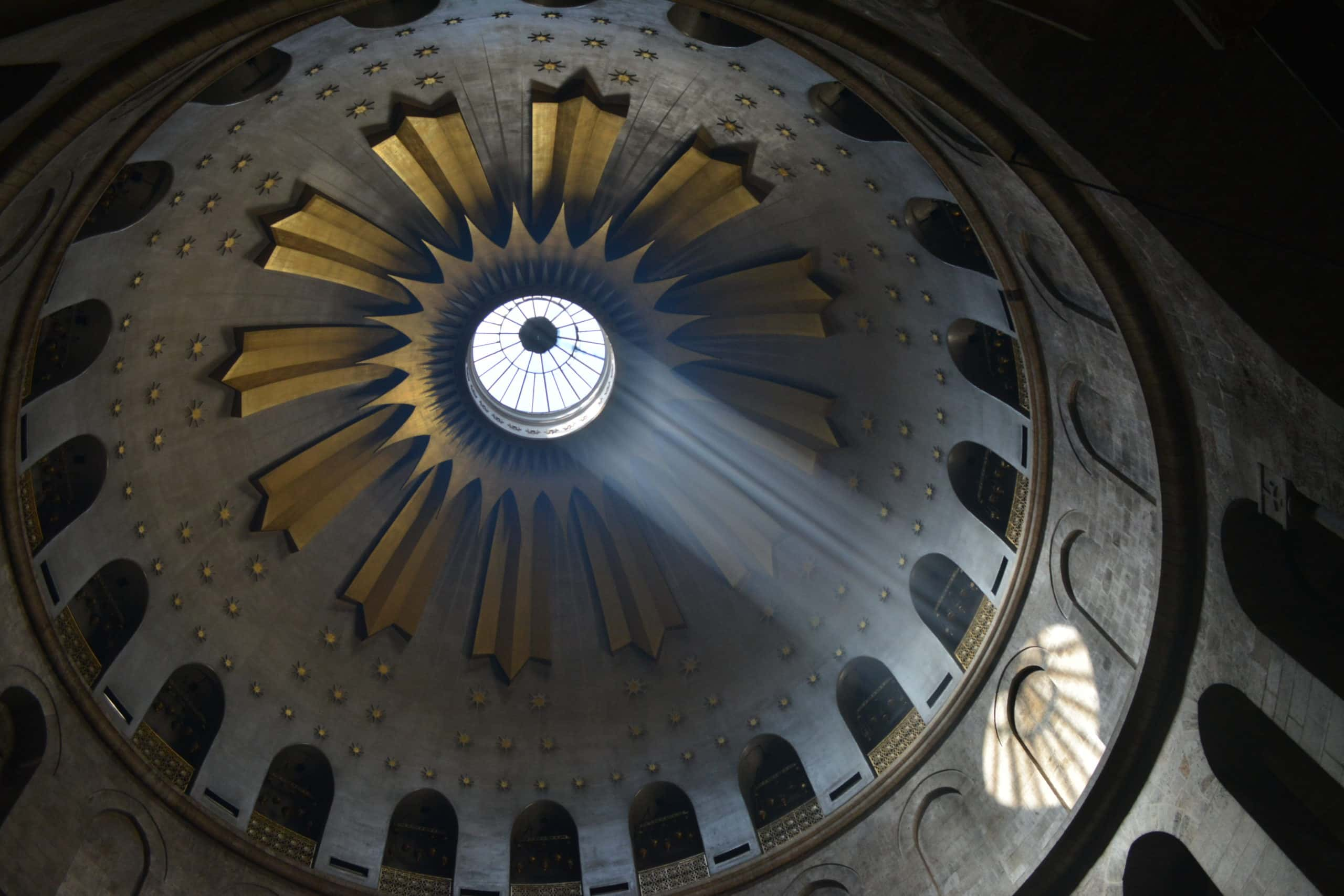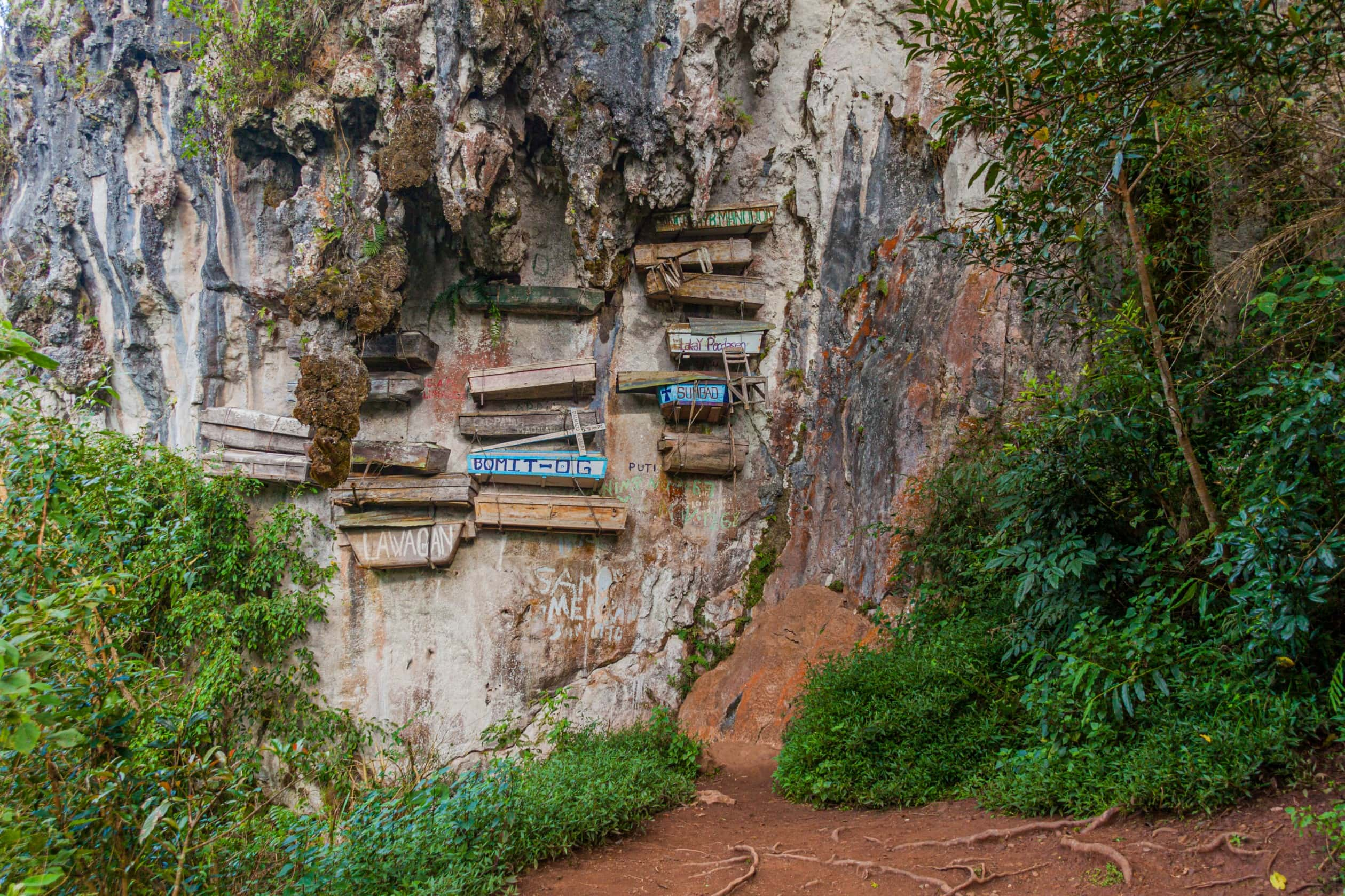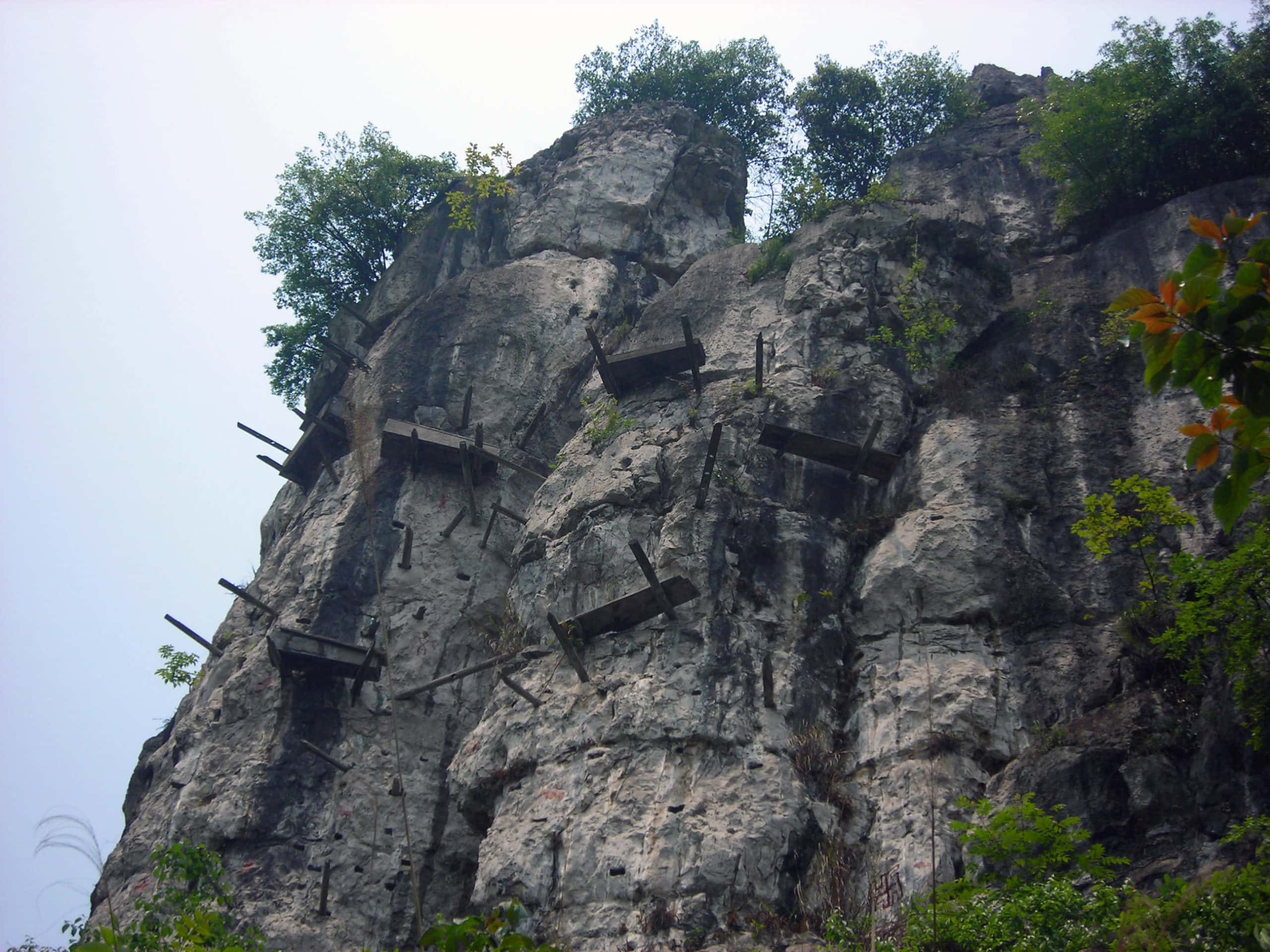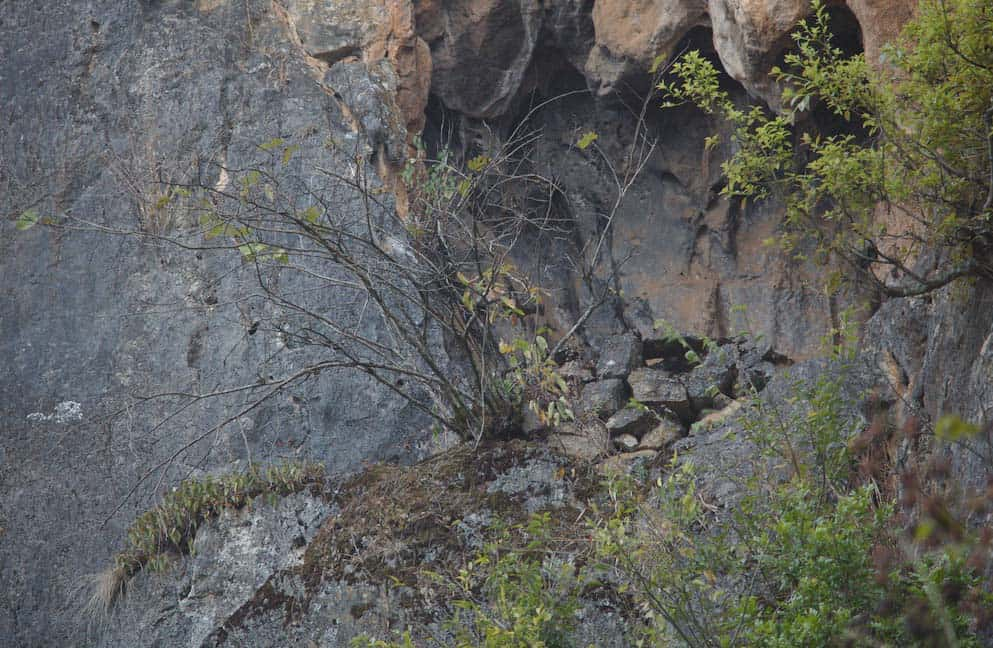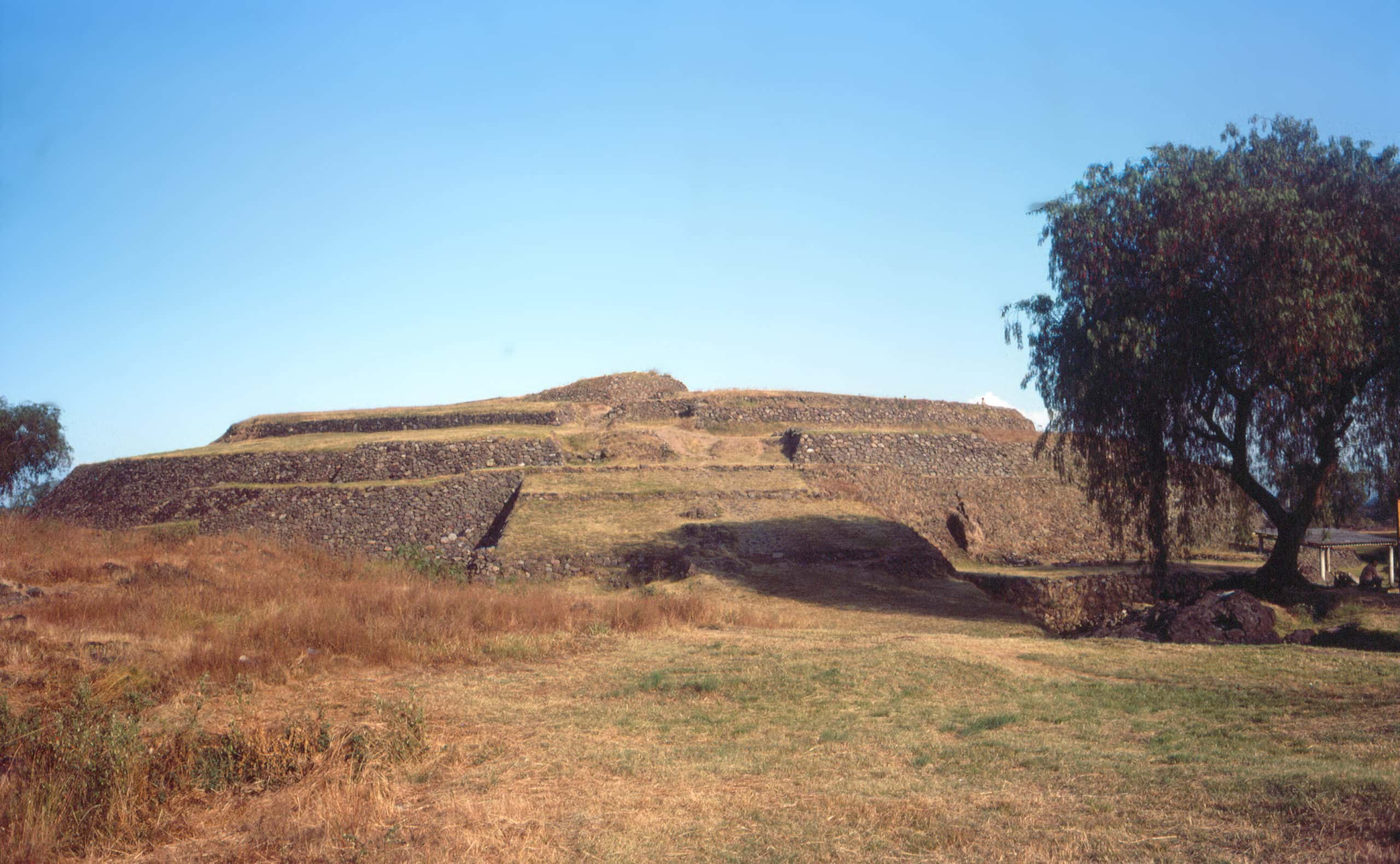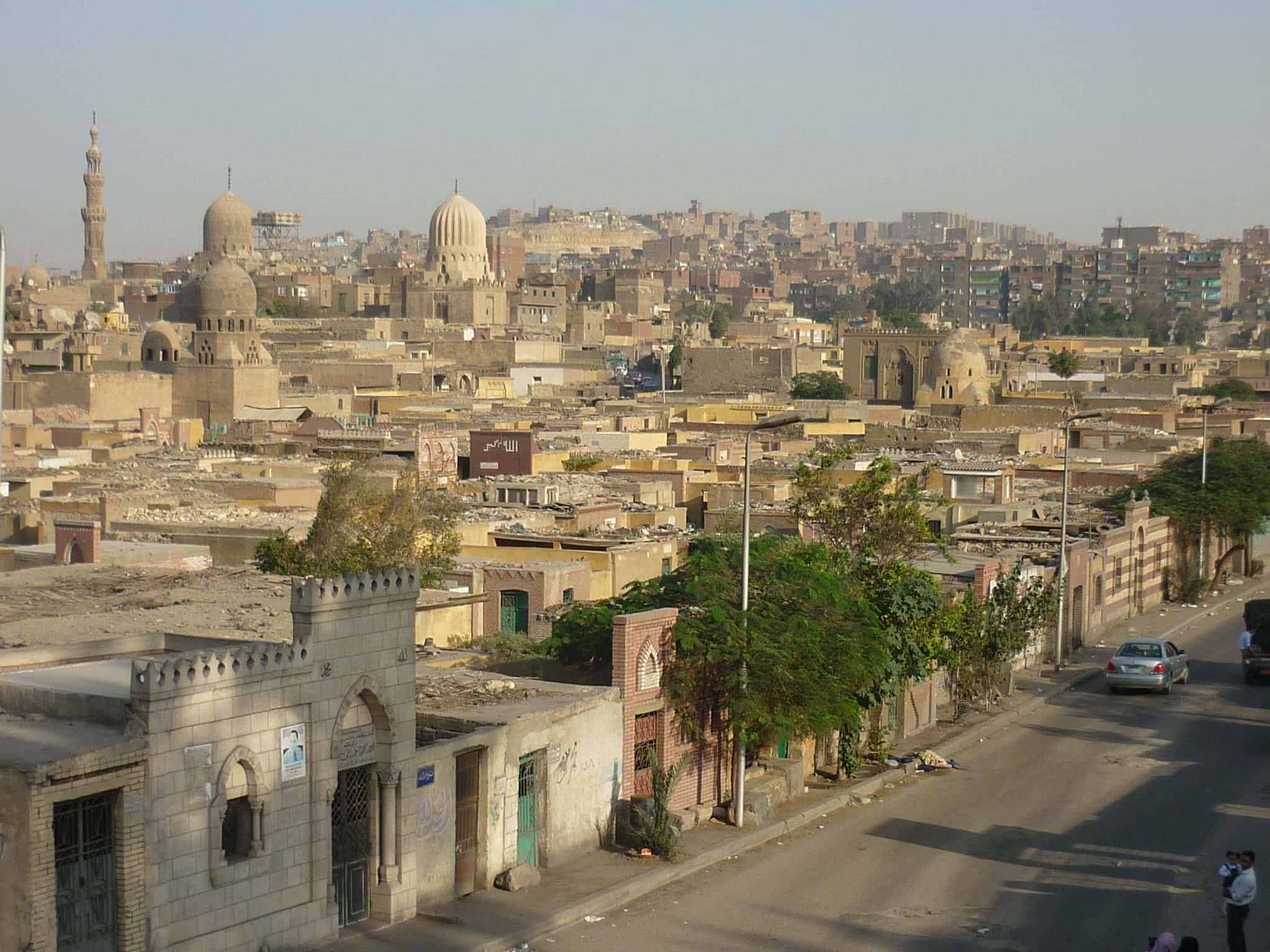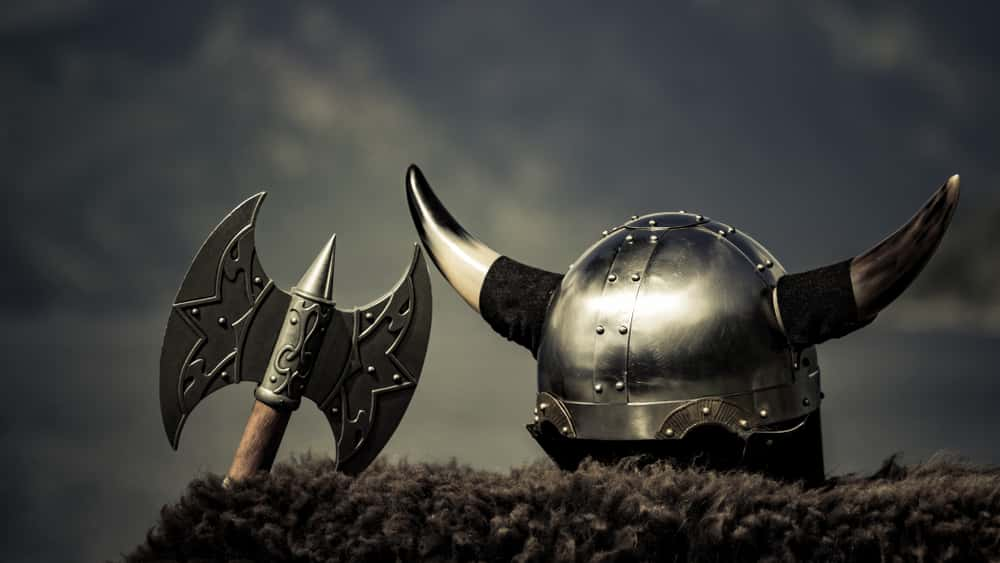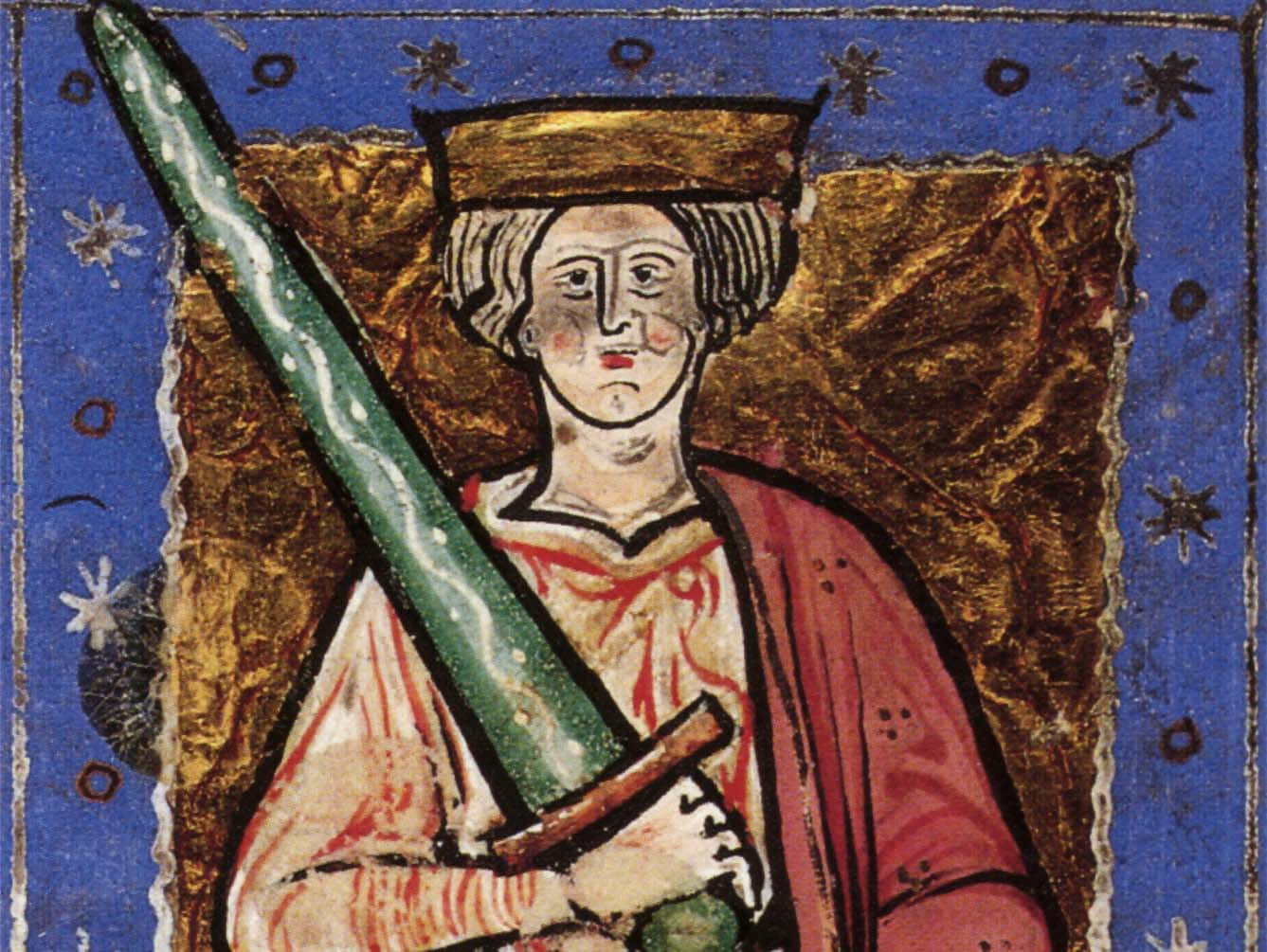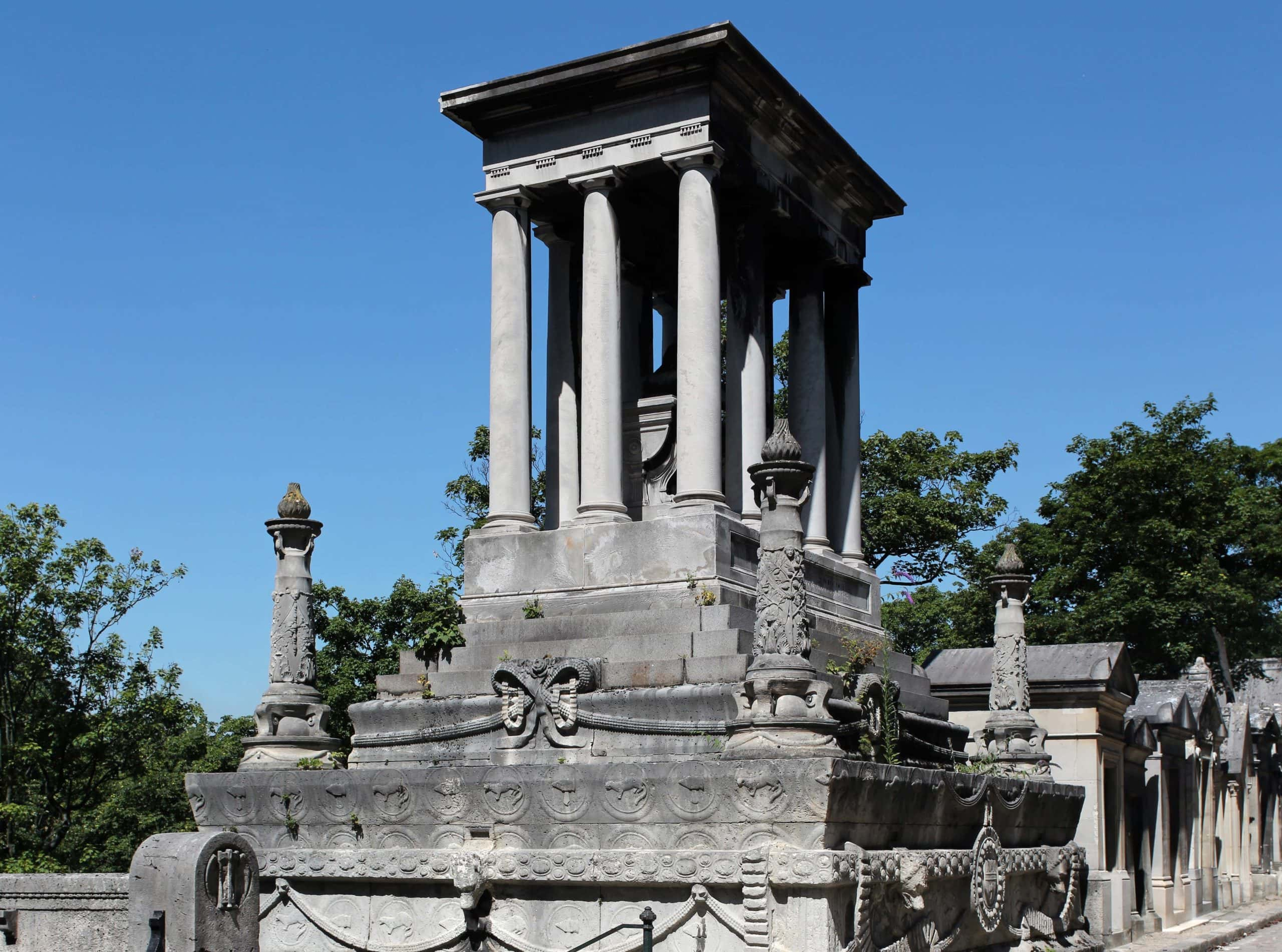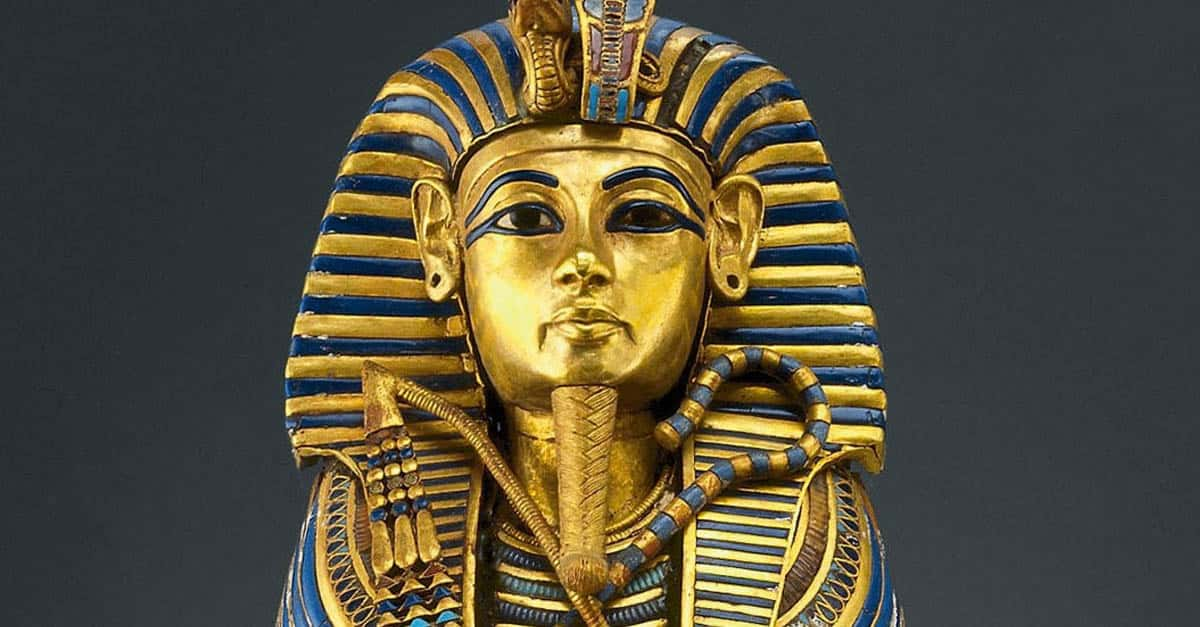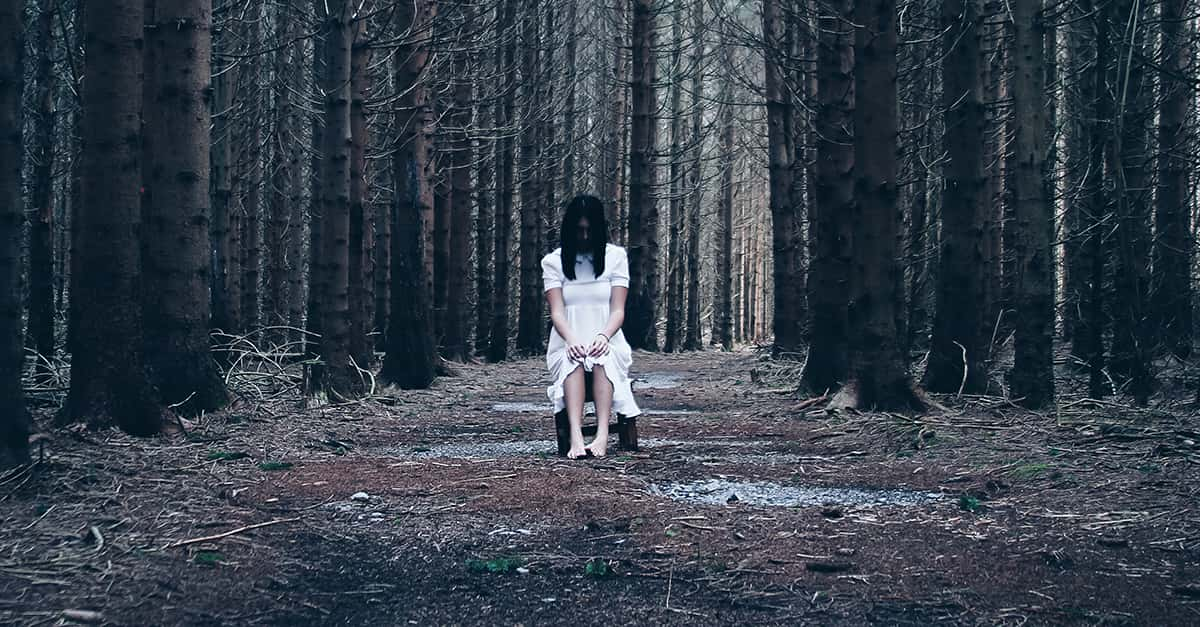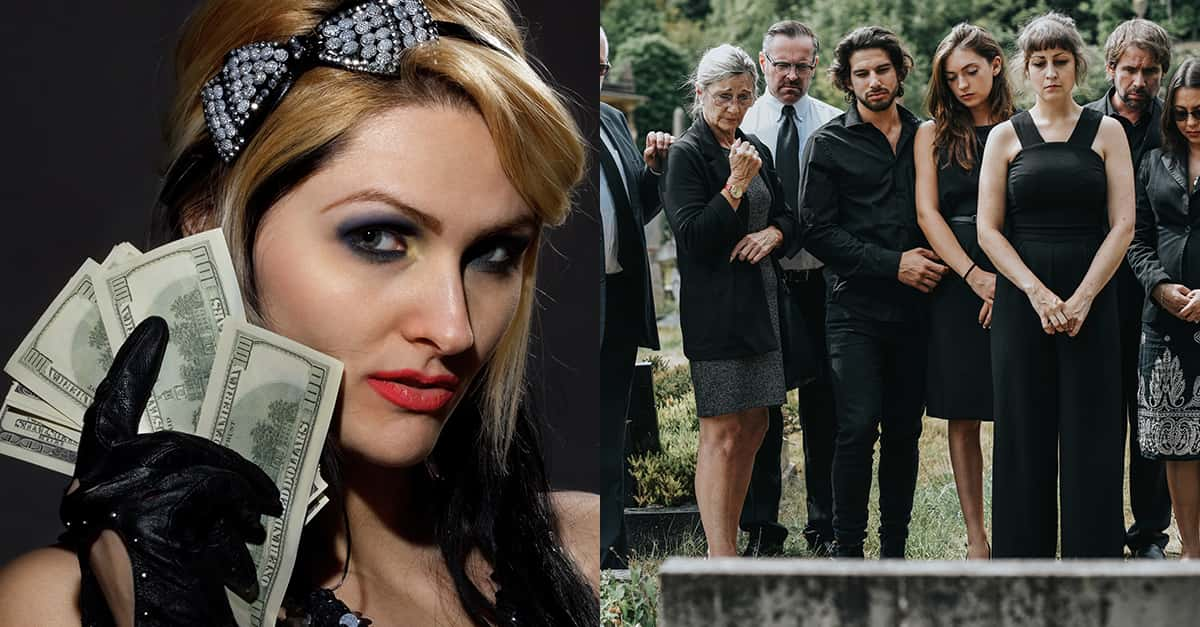"The whole earth is the tomb of heroic men and their story is not given only on stone over their clay but abides everywhere without visible symbol woven into the stuff of other mens lives."—Pericles.
From the wealthiest king to the lowliest commoner, no one escapes the grave. And the grave can tell us a lot about a person—even the grave of an anonymous stone age hunter can give an archaeologist tremendous insight into the hunter’s way of life. All graves reveal something, but some graves reveal more than others, and some graves offer up surprises no one could have imagined. Here’s hoping these facts do the same. Here are 42 creepy facts about mysterious burial sites.
Mysterious Burial Sites Facts
42. Plot E
Oise-Aisne Cemetery in northern France contains the remains of American soldiers killed during World War I and II. Plots A through D of Oise-Aisne is the final resting place for more than 6,000 soldiers killed in battle, many of whom remain unidentified. In Plot E, however, lie the bodies of a less respectable group: soldiers who were executed by their own government for crimes committed during the war.
41. Secret Plot
86 American soldiers lie in Plot E of Oise-Aisne, men who were found guilty of murder, rape, or desertion. The cemetery is hidden from public view by a large hedge-fence and only accessible through a door out of the caretaker’s office. While all those interred in Plot E are Americans, no flag flies over the plot.
40. Unknown Soldiers
Plot E features no headstones. Each grave is marked by a small plaque with a serial number. The graves are not anonymous, however, with each number recorded and matched to the name of the executed soldier. Among notable residents of the cemetery are Eddie Slovik, the only US soldier executed for desertion during WWI, and Louis Till, father of slain civil rights icon Emmett Till.
39. A Pound of Information
Slovik’s body was later repatriated to the United States. Till remains interred in Plot E. He was arrested in Italy in 1945, court-martialed and executed for rape and murder. While he awaited his execution, Till stayed in a prison cell next to that of poet Ezra Pound, who had been found guilty of treason. Pound specifically mentions Till in his poem “The Pisan Cantos,” remarking “Till was hung today / for murder and rape with trimmings.”
38. Qafzeh
In 1931, archaeologists working in Qafzeh, Israel, discovered the first of 15 skeletons buried in a cave. The skeletons were buried with tools and other items, and were also marked with traces of ochre, suggesting conscious, symbolic burial. The bones were dated to around 92,000 BC, making them not only the oldest intentionally buried skeletons known to date, but some of the oldest human remains, as well.
37. The Oldest Graves in Europe
A similar site has been found at Sunghir, in eastern Russia. Two skeletons buried there were adorned with fox teeth and beads made of mammoth ivory, as well as the same red ochre found on the skeletons at the Qafzeh site. At 34,000 years old, the Sunghir site is the oldest burial site in Europe.
36. Social Status
The two skeletons found buried at the Sunghir site are not the only bodies to be found there. At least one skeleton appears to have been ritually separated and lain at various plots, while other skeletons appear to have been given no treatment at all. It’s unusual to see such a diversity of burial treatments in such a small and early burial site, and suggests that whatever society is responsible for the Sunghir site had a firm social pecking order.
35. Peace in the Valley
Within Germany’s picturesque Tollense Valley is a site that is not so peaceful as its surroundings. Tollense was the arena of a massive armed battle in the Bronze Age. Parts of as many as 750 skeletons have been found at the site, virtually all showing signs of grave injury.
34. The Battle That Never Was
Archaeologists believe there may have been as many as 4,000 soldiers at the Battle of Tollense. At the time, the population density of Germany was only about twelve people per square mile, meaning the Battle of Tollense must have been part of a massive, region-wide conflict, with soldiers traveling from many miles away, but there is no record of such a conflict taking place in Germany at that time.

Sign up to our newsletter.
History’s most fascinating stories and darkest secrets, delivered to your inbox daily. Making distraction rewarding since 2017.
33. Danse Macabre
Among the Malagasy people of Madagascar, it is tradition to periodically remove one’s ancestors from their grave to change their clothes. During the “famadihana” or “turning of the bones,” the surviving relatives will parade the skeletons through town and even dance with them before returning them to their graves.
32. Fit for A King
King Richard III of England famously had his nephews and true heirs to the throne, King Edward V and Prince Richard locked up in the Tower of London. For nearly four centuries now, their bodies have been generally believed to be those of two skeletons found in two crates buried under the steps of the tower. Perhaps it only serves Richard III right, then, that his own missing body was found in 2013 beneath a Leicester parking lot.
31. Occam’s Razor
Eadgyth, wife of Holy Roman Emperor Otto I was buried three separate times after her death in 946AD. And it had been recorded that during the last of these moves that her body had been lost. So, when people began searching for the body of Eadgyth, they never bothered looking in what was supposed to be her final tomb. It wasn’t until 2008 that archaeologists thought to peek inside. The tomb was completely empty except for a coffin containing the skeleton of a queenly young woman.
30. Must Be Genetic
Eadgyth’s grandfather, English king Alfred the Great fared no better: his bones also disappeared after a move, only to be found in a box in the basement of a British museum. I feel like this is something that happens all the time in basements of British museums. Haven’t they ever heard of just having boxes of old books and unused sports equipment in the basement like the rest of us?
29. A Private Island
The 4th century Japanese emperor Nintoku was said to have died at 146 years of age. Such an oversized life deserves a tomb to match, so Nintoku’s subjects built the largest tomb in the world. Centered on a man-made island in the middle of a man-made lake, surrounded by moats. It took 2,000 men sixteen years to move the 2.7 million metric tons of dirt needed to make the island. The tomb itself has a base twice that of the Great Pyramid at Giza.
28. Who Are Yu?
When researchers were studying a tomb in Taiyuan, China, they were shocked by what they discovered. Not only did art in the cave depict a pale, blue-eyed man with an otherwise typically Chinese family, but DNA tests showed the man “Yu Hong” had originally come from somewhere in western Europe. The tomb dates back to around 600 BCE, a full eight centuries before Marco Polo traveled to the Far East.
27. Old Irish
The massive burial mound at Newgrange in County Meath, Ireland, predates Stonehenge and the Great Pyramids by more than 500 years.
26. Shedding Light on Newgrange
Newgrange is accessible through a 60-foot passage. This passage aligns with the sunrise on the winter solstice, illuminating the whole chamber as well as some of the finest Neolithic art in Europe. At great risk of spoiling that effect, the passage was fitted with electric lights in the 1950s.
25. What Are the Odds?
It is possible to experience the winter solstice in the chamber of Newgrange. Each year, 10 people are chosen by lottery and invited to witness the sunrise in Newgrange. Last year, more than 30,000 people entered.
24. The Terracotta Warriors
The famous Terracotta Army of third-century Chinese emperor Qin Shi Huang was discovered, along with the rest of the emperor’s burial site, by two farmers in 1974. However, the more than 8,000 statues do not just depict soldiers, but also acrobats, musicians, and court officials.
23. Plastic Surgery
The figures of the Terracotta Army are unique and individualized. The arms, legs, torsos, and heads of the figures were all molded separately and then placed together. Researchers have ascertained that ten different face molds were used, with minor cosmetic work done on each to differentiate them.
22. More Where That Came From
In addition to the Terracotta Army, the football-stadium sized tomb of Qin Shi Huang also contained sculptures of chariots, horses, and other animals, as well as a literal river of mercury. In 2012, archaeologists began to find evidence that the tomb was not merely an isolated site, but perhaps part of an even bigger imperial palace.
21. Wicked Stepmother
After Hatshepsut’s death, control of Egypt fell to her stepson, Thutmose III. Thutmose was not particularly fond of his stepmom—she had, after all, usurped his throne—and destroyed all her tombs and monuments, leaving her body buried alongside that of her servant in a nearby grave.
20. The Tomb of Jesus
No fewer than six different sites have claimed to be the burial place of Jesus Christ. While most are centered around Jerusalem, such far-flung locales as India and France have been proposed.
19. Big in Japan
The least-likely candidate for Jesus’ final resting place is in Shingo, Japan. According to local legend—and certainly not prevalent Christian dogma—it was not Jesus who died on the cross but his brother, Isukiri. Jesus fled first to Siberia, then to Japan, where he married and became a rice farmer. His last remaining descendant, Sajiro Sawaguchi, still lives there.
18. That’s the Gospel Truth
Among the relics supposedly brought to Shingo by Jesus were the ear of his brother, Isukiri, and a lock of the Virgin Mary’s hair. The last will and testament of Jesus Christ, which detailed the final chapter of his life, were supposedly seized by Japanese authorities during World War II.
17. All in The Family
Most researchers discount the “Talpiot Tomb,” located about three miles outside of Jerusalem, but proponents feel they have compelling evidence that not just Jesus, but his entire family were buried there. Inside the Talpiot tomb are several ossuaries bearing names like Mary, Judah, and Joseph—names of people in Jesus’ family. More tellingly is one which reads “Jesus, son of Joseph.” Statisticians at the University of Toronto put the odds of a single family containing all these names at 600-to-1.
16. Joint Custody
While the Garden Tomb is popular among post-Reformation Christian sects, older Orthodox and Catholic sects consider the site of the Church of the Holy Sepulchre in Jerusalem to be the true place of Christ’s burial and resurrection. Custodianship of the Church of the Holy Sepulchre is shared between the Greek Orthodox, Armenian Apostolic, and Roman Catholic churches, as well as the Ethiopian, Syriac, and Coptic sects.
15. A Tomb of Their Own
During the Reformation, the Church of the Holy Sepulchre was denounced as an impossible site for Christ’s burial. One of the Reform theologians’ primary critiques of the Church of the Holy Sepulchre as the site of Christ’s burial was that the site of both the crucifixion and the burial would have been outside the city walls of Jerusalem, which the Holy Sepulchre is not. They suggested, instead, a site called the Garden Tomb, further beyond the city—and beyond the control of the Catholic and Orthodox churches.
14. Teach the Controversy
Recent archaeological evidence has shown that the site of the Church of the Holy Sepulchre was indeed beyond the walls of old Jerusalem. Guides at the Garden Tomb no longer officially claim their site is the “authentic” burial site of Jesus, but that it better reflects the aesthetic realities of Jesus’ day, and that it could be the true tomb.
13. Two for One
The grounds covered by the Church of the Holy Sepulchre cover not only Christ’s supposed burial site, but also the hill of Cavalry, traditionally the site of Christ’s crucifixion.
12. Holy Site
Coincidentally, during Roman rule, the site of the Church of the Holy Sepulchre had been home to a temple dedicated to Venus, goddess of love.
11. Morbid Meals
Krishnan Kutti bought the land for his new restaurant in Ahmadabad, India, a restaurant he had decided to name the New Lucky Restaurant. Unfortunately, the land was neither new nor lucky: unbeknownst to Kutti, he had bought the burial site of a 16th century Sufi saint. Rather than risk angering the local Sufi population (or the Almighty), Kutti decided to build around the burial site. The green casket of the saint now holds pride of place between rows of hungry customers.
10. Stairway to Heaven
If you travel to certain coastal parts of China and the Philippines, you may see an eerie sight: hundreds of ornately decorated coffins hanging from rocky cliffs. The practice of hanging coffins serves a spiritual purpose, but also a practical one: suspending the coffins keeps them out of reach of wild animals.
9. Where There’s A Will…
Hanging coffins should, in theory, be well out of reach of grave robbers as well. In 2002, however, a group of researchers found that some of the hanging coffins in Matangba, China, were filled with soil, suggesting the work of some particularly nimble thieves.
8. High Class
There was a very literal social component to the hanging burials, as well. How high a coffin was suspended reflected how high the deceased stood on the social ladder.
7. The Stuff of Nightmares
In 2018, archaeologists in Tlalpan, Mexico, uncovered a nightmarish scene. Beneath a former priests’ dormitory was a 2,400-year-old burial site, and in that burial site were ten skeletons, their skulls deformed, their arms interlocked, and arranged in a circular, spiral pattern, as if they had been crushed while playing the world’s creepiest game of ring-around-the-rosy. I’m no expert on Mesoamerica, but I’ve seen enough scary movies to know those archaeologists are now cursed.
6. Circle of Life
The archaeologists aren’t certain how the bodies found in the Tlalpan site died, or why they arranged in such a manner. They do think, because the bodies all differ in age, and appear to be arranged in a kind of chronological sequence, from infant to elderly person, that it may have something to do with a philosophy of life, aging, and rebirth. Surely, there was a less terrifying way to express that idea?
5. City of the Living Dead
Since the 7th century CE, Cairo’s “City of the Dead” has been the final resting place for many of the city’s residents. With an explosion of urban migration in the 20th century, however, not to mention a 1992 earthquake which destroyed many homes in the city center, poorer Cairenes have taken up residence in the mausoleums and tombs of the City of the Dead. It might sound creepy, but the previous tenants never complain.
4. Boom Town
Today, more than half a million Cairenes live in the City of the Dead. If it were to separate from Cairo, the City of the Dead would still be one of the top 10 most-populated cities in Egypt.
3. A Long Way from Home
Bones found at in Sarpsborg, Norway, and dated back to the Viking Era featured a rare genetic trait: a lack of fusing on a particular bone between the neck and the skull. Norwegians do not carry this particular gene—few people do. Know who did? The Incans.
2. Studying at Oxford
Viking era bones found in a mass grave in Oxford have a more predictable history. The owners of the 34 skeletons had all met with violent ends—some had skulls bashed in, others had been burned or stabbed. Tests of the bones showed they were all young men, fed mainly on fish. Given a preponderance of circumstantial evidence, researchers suspect the men might have been killed in the St. Brice’s Day Massacre of 1002 AD, when King Aethlred of England ordered the slaughter of all Danes in the region.
1. The Challenge
Russian princess and world-class eccentric Princess Elizabeth Alexandrovna Stroganoff died in 1818 and is buried in the Cimetière du Père-Lachaise in Paris. Before she died, however, she offered up a characteristically bonkers challenge: her fortune to anyone who could spend a year in her mausoleum. Guess she didn’t want to be lonely, but sadly, there have been no takers yet.
Sources: 1, 2, 3, 4, 5, 6, 7, 8, 9, 10, 11, 12, 13, 14, 15, 16, 17, 18, 19, 20, 21, 22, 23, 24, 25, 26, 27, 28, 29

